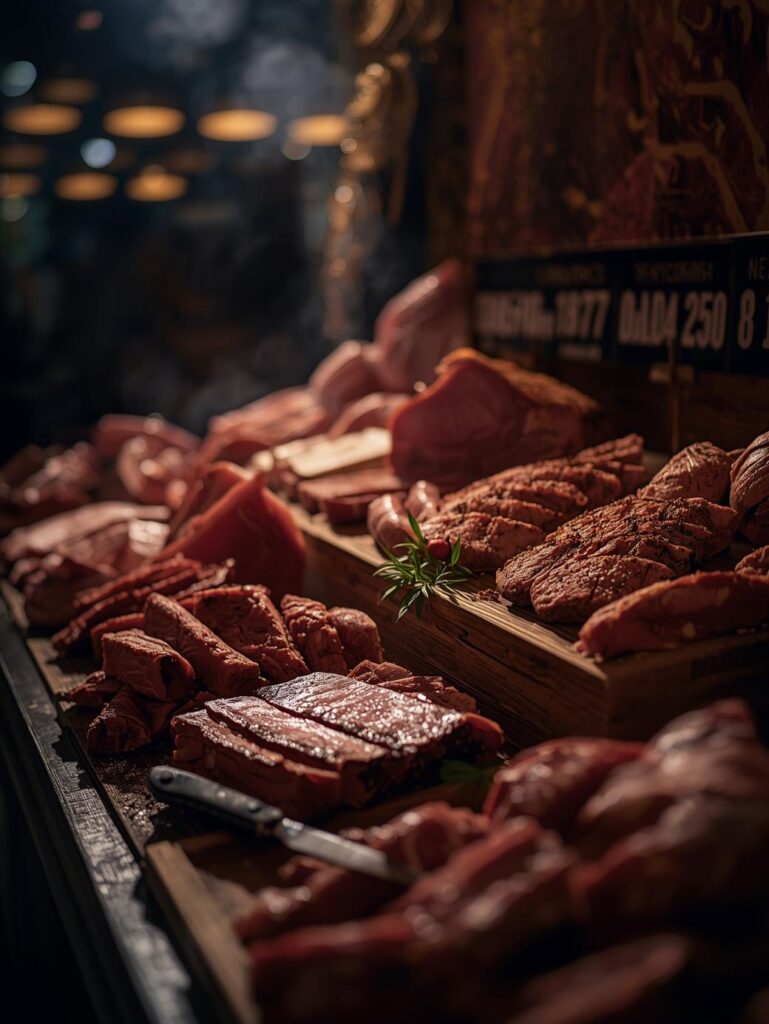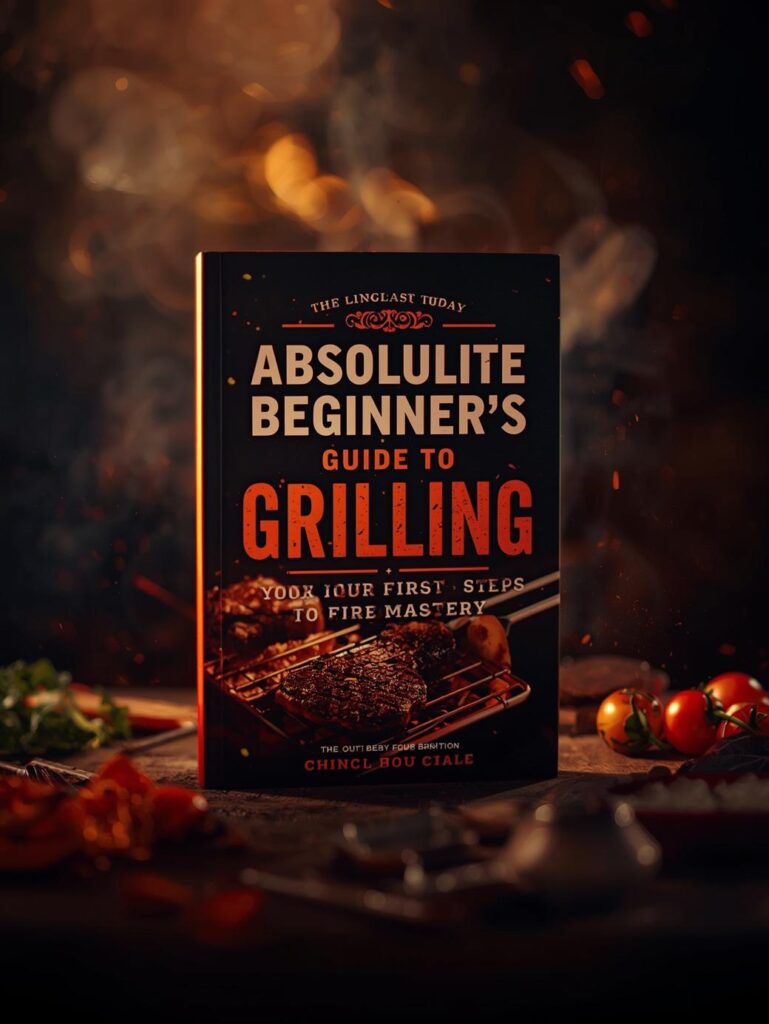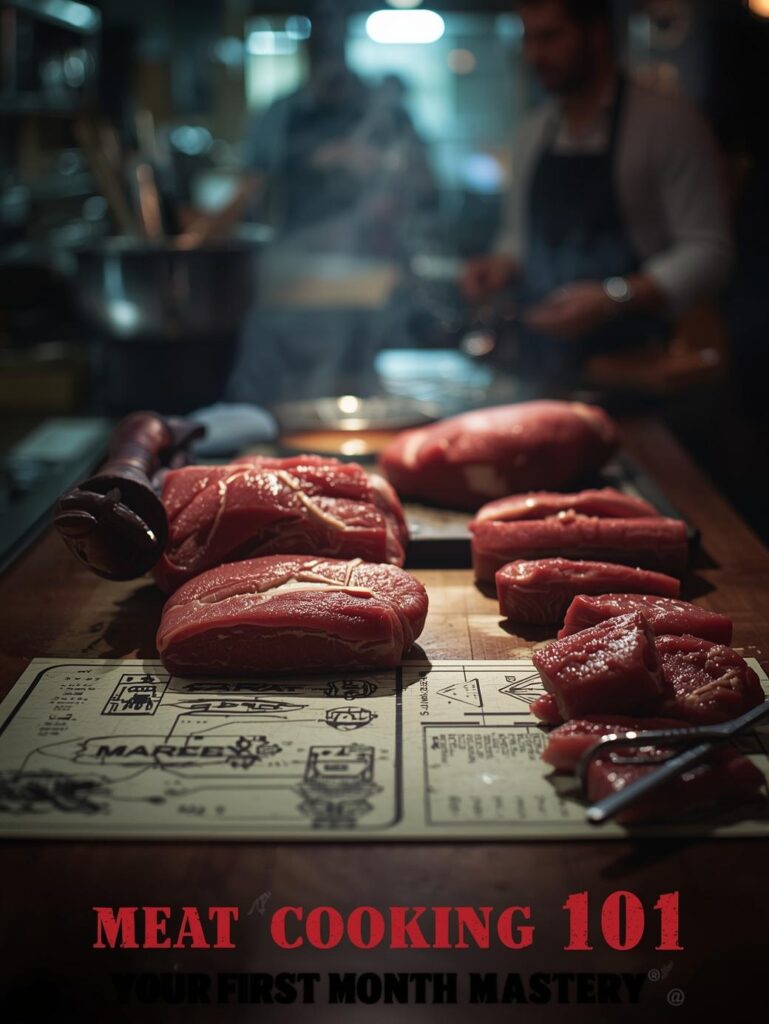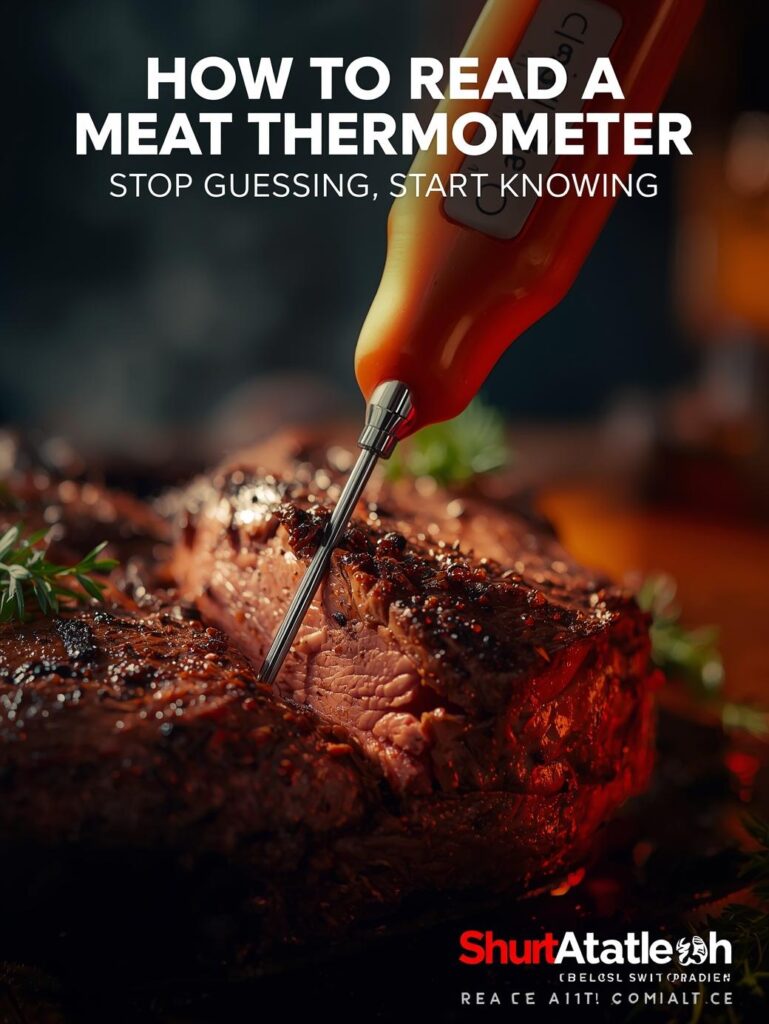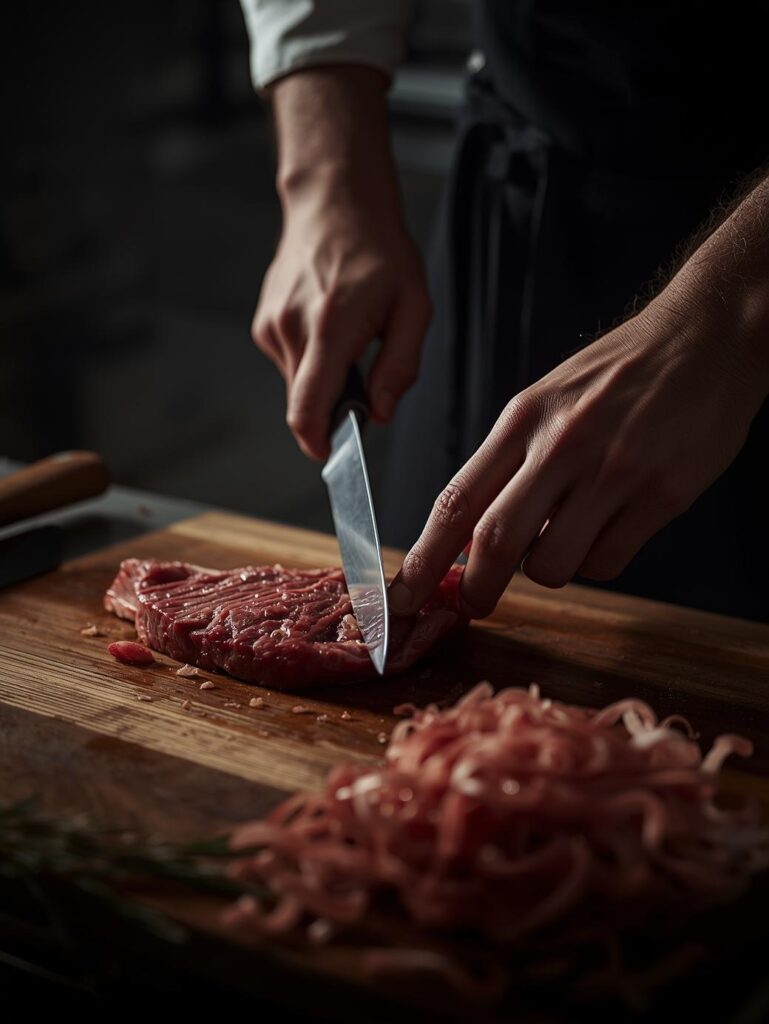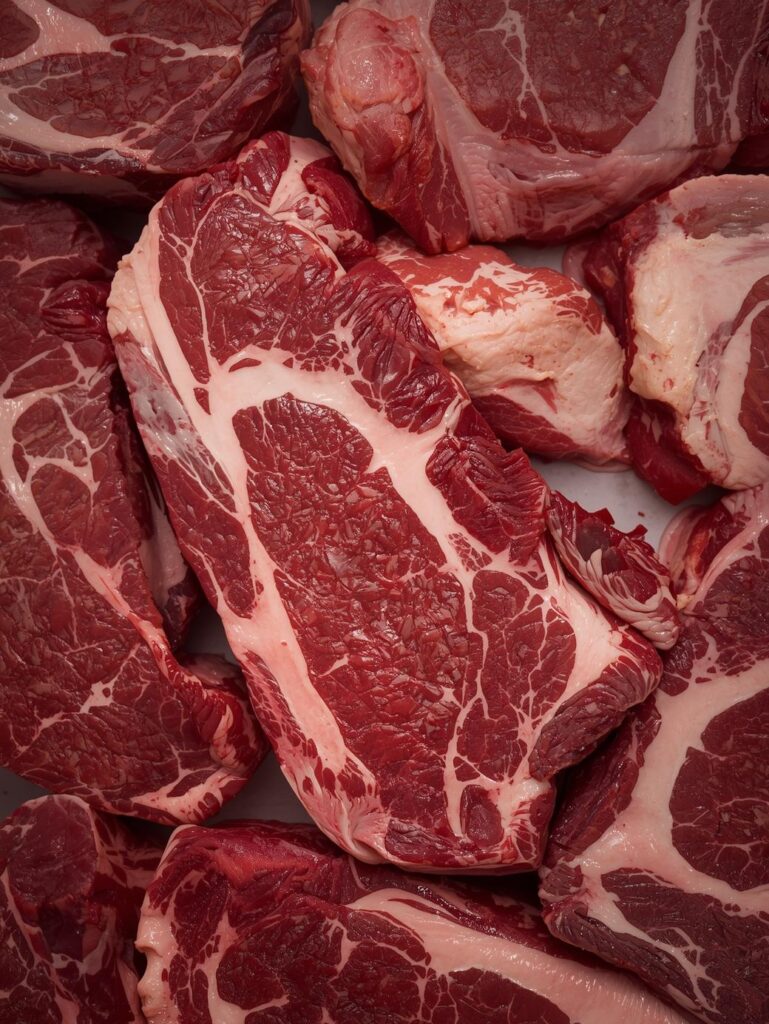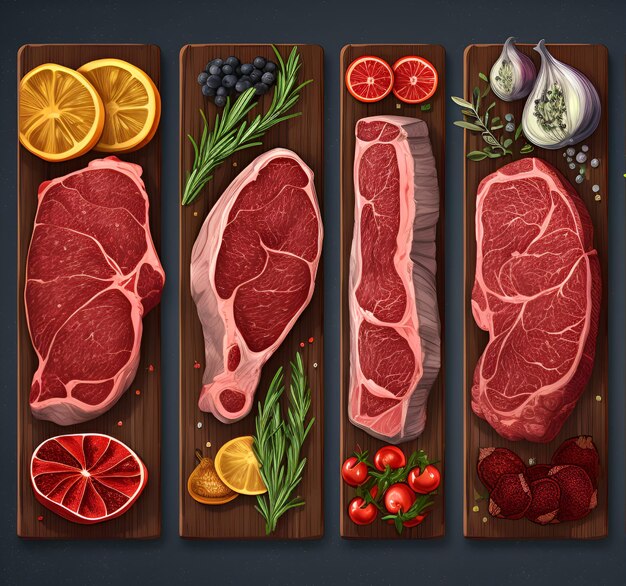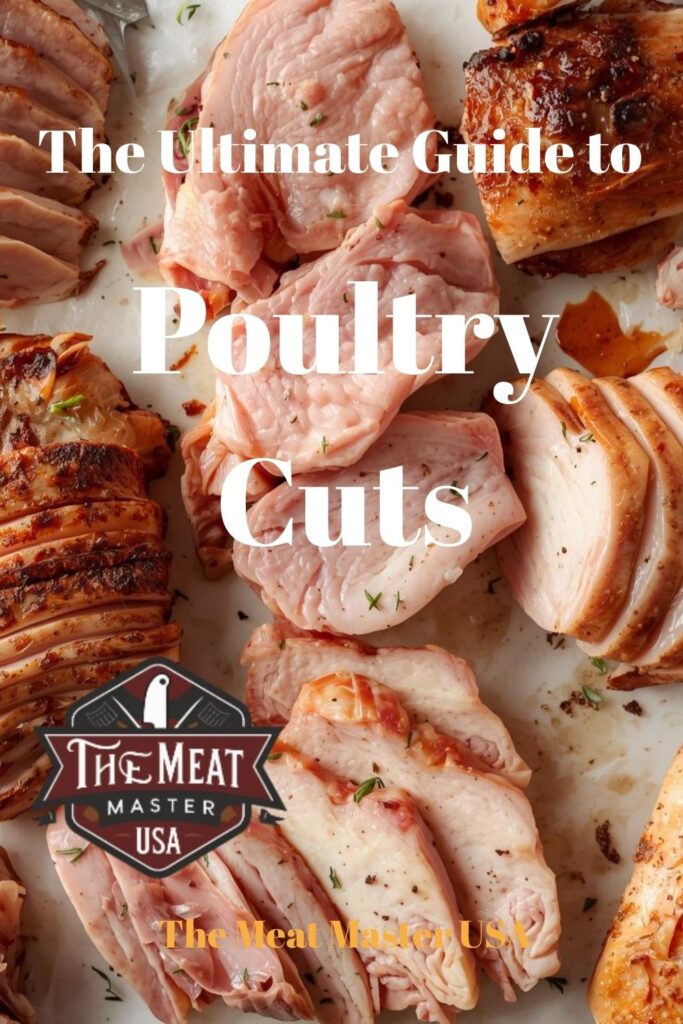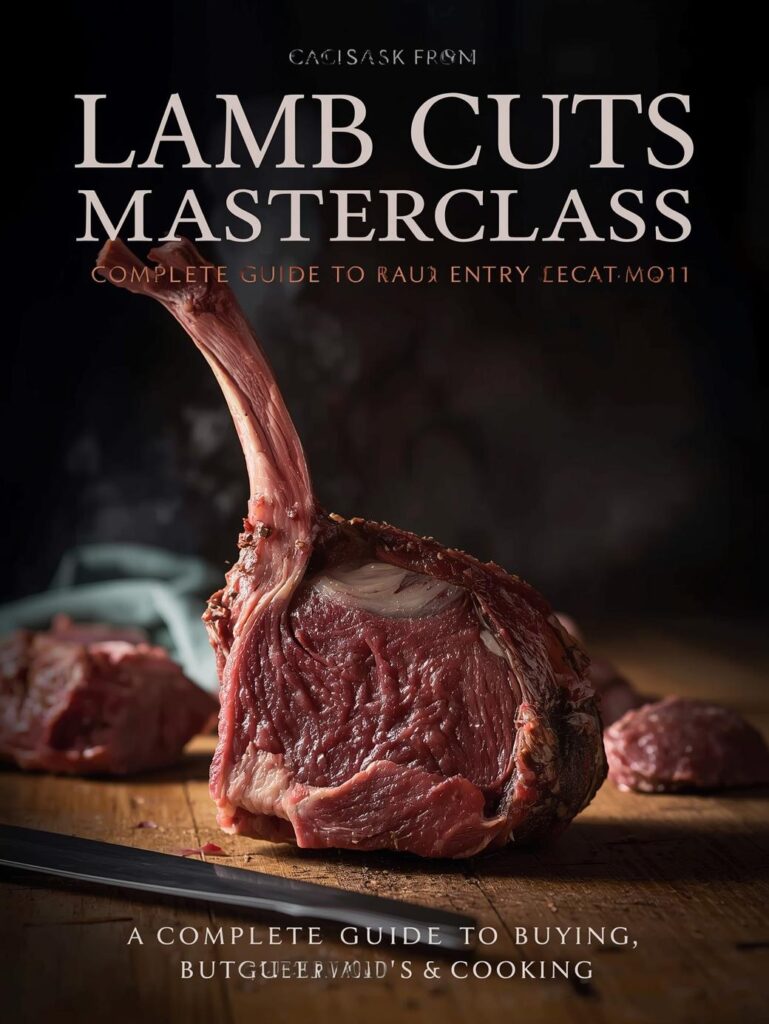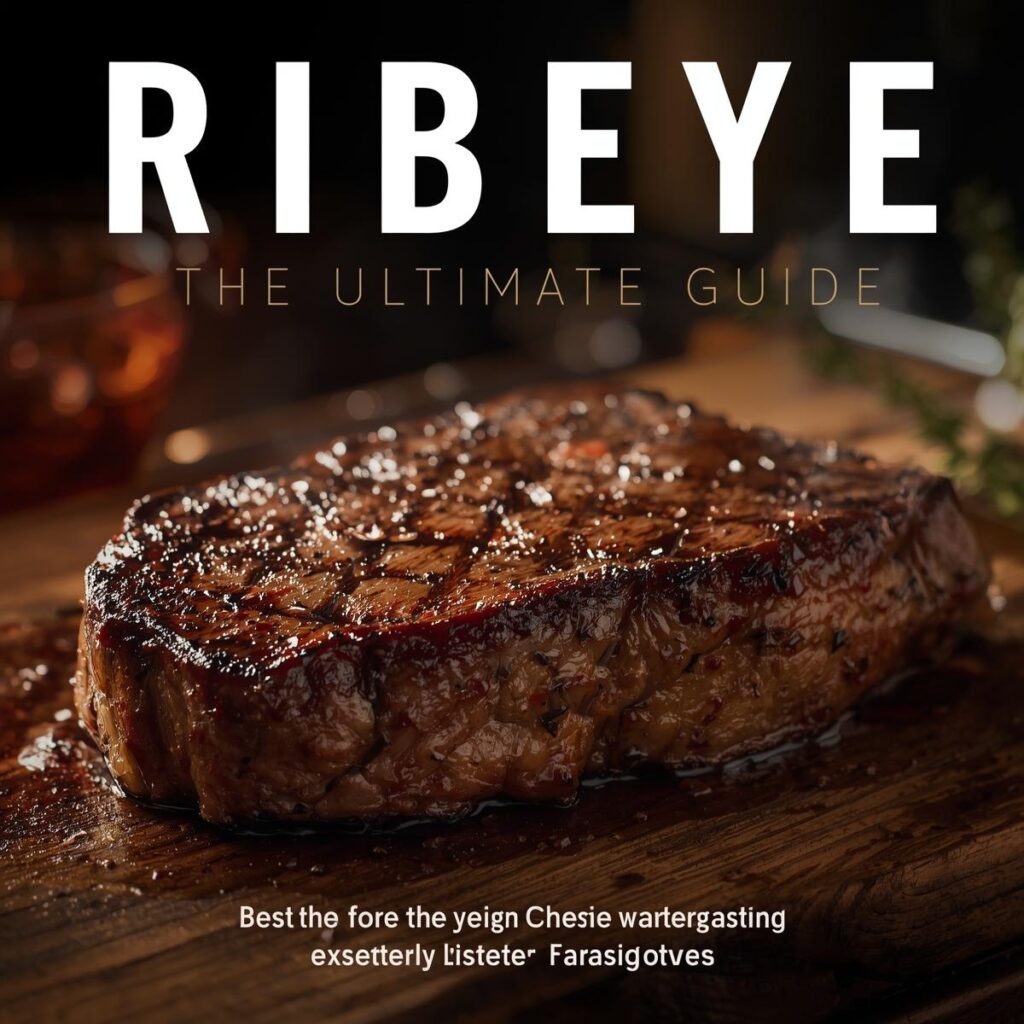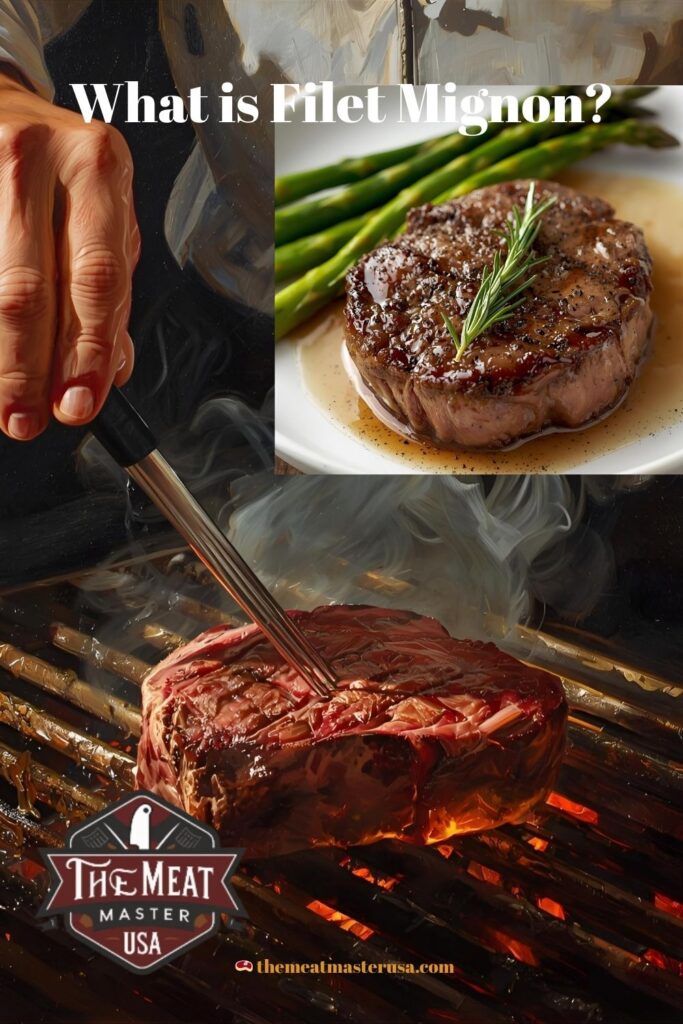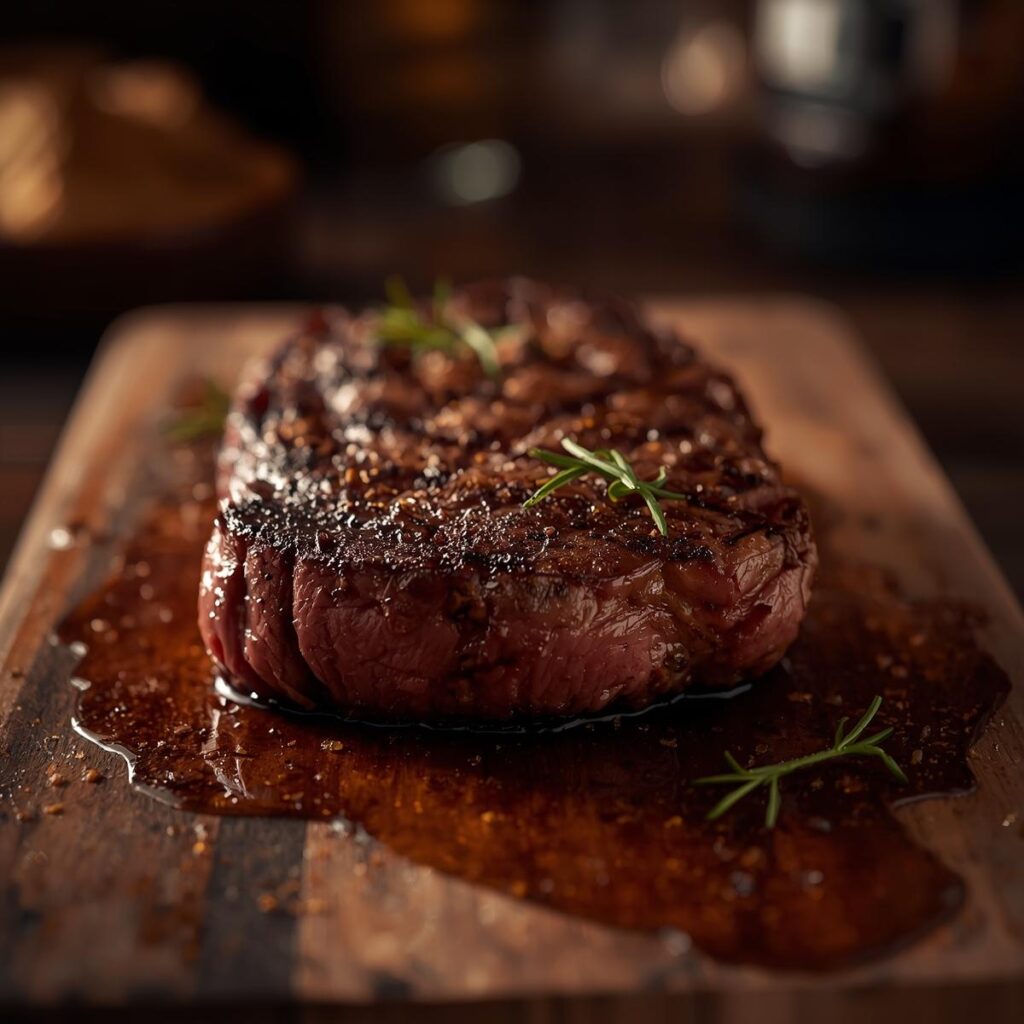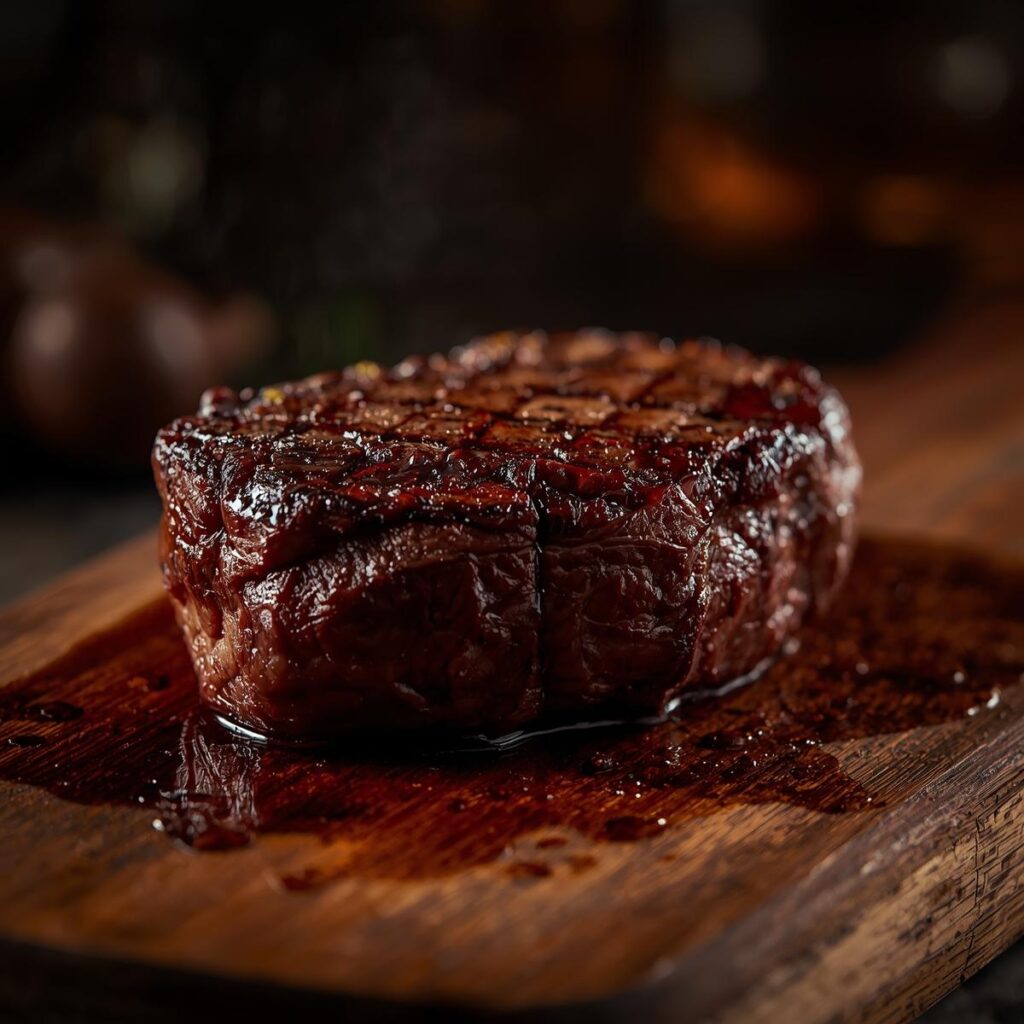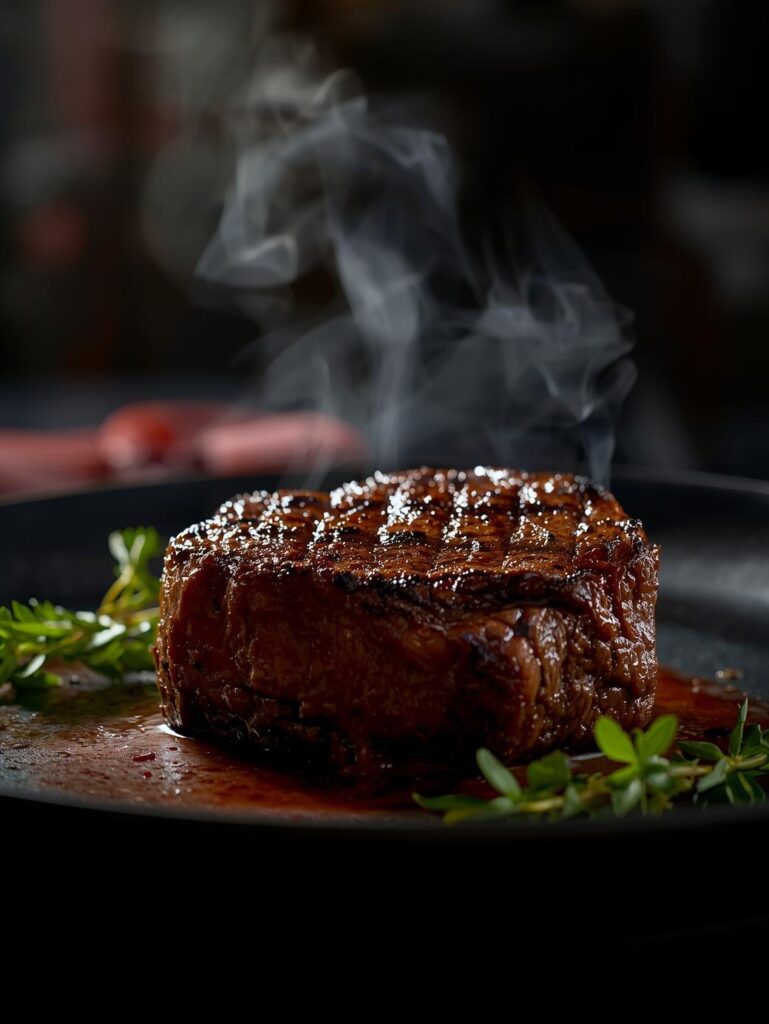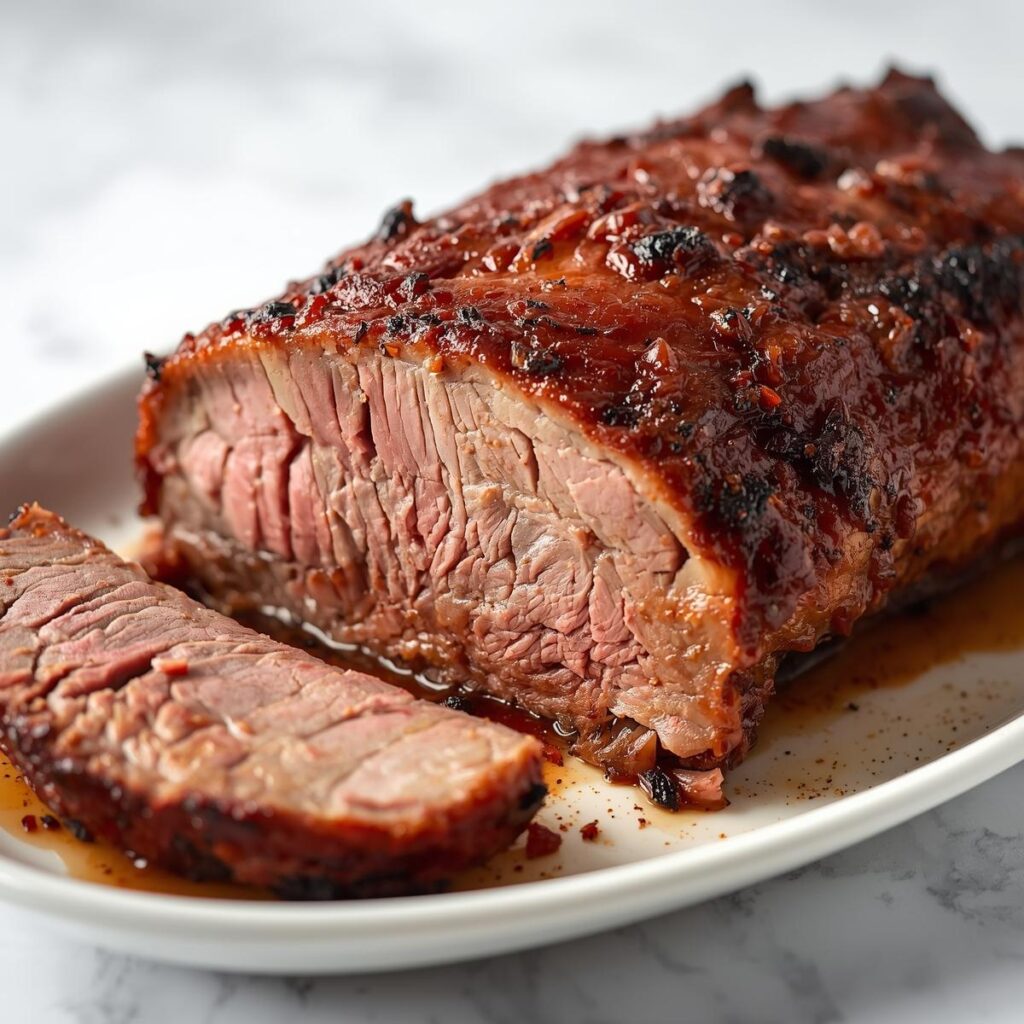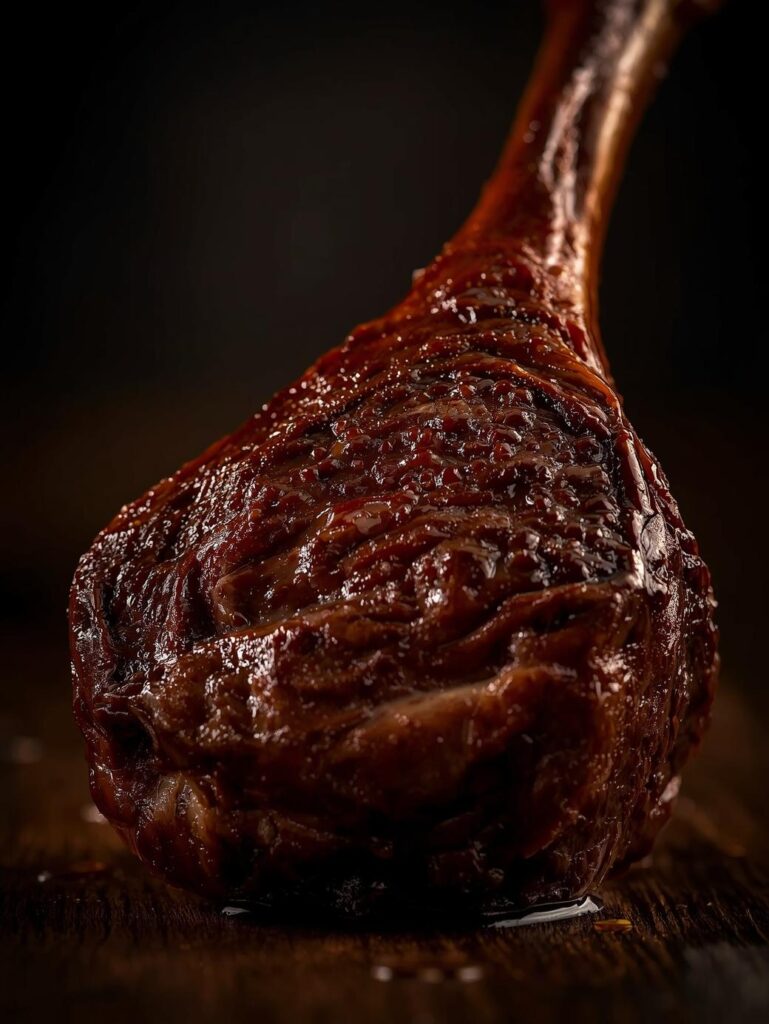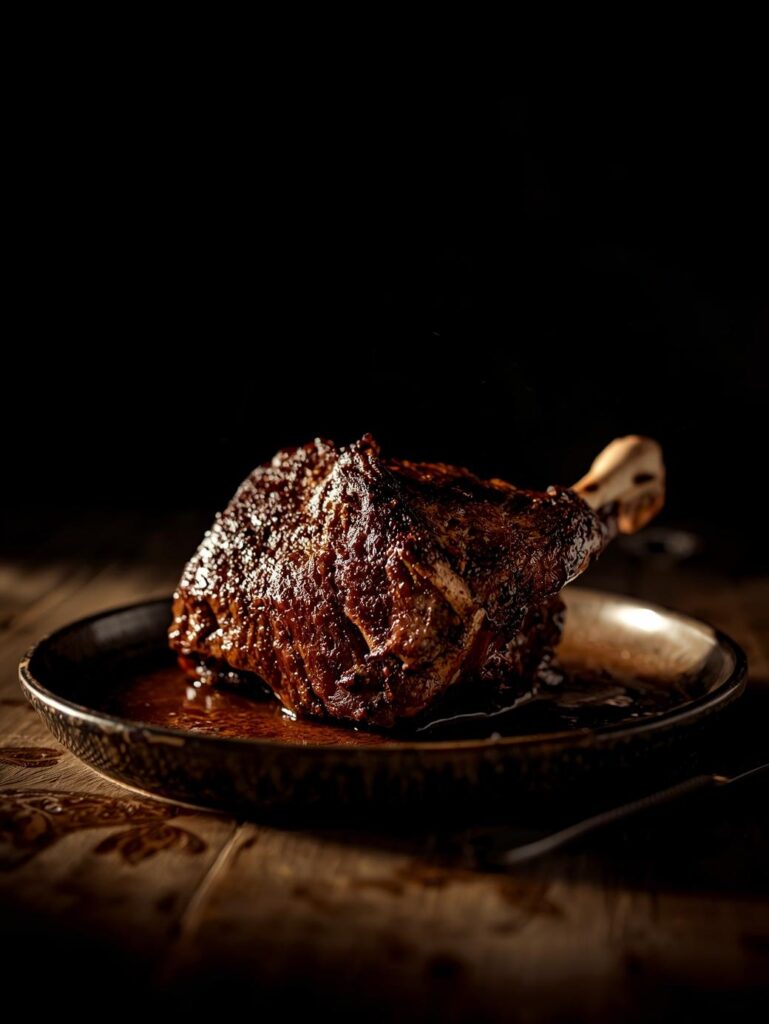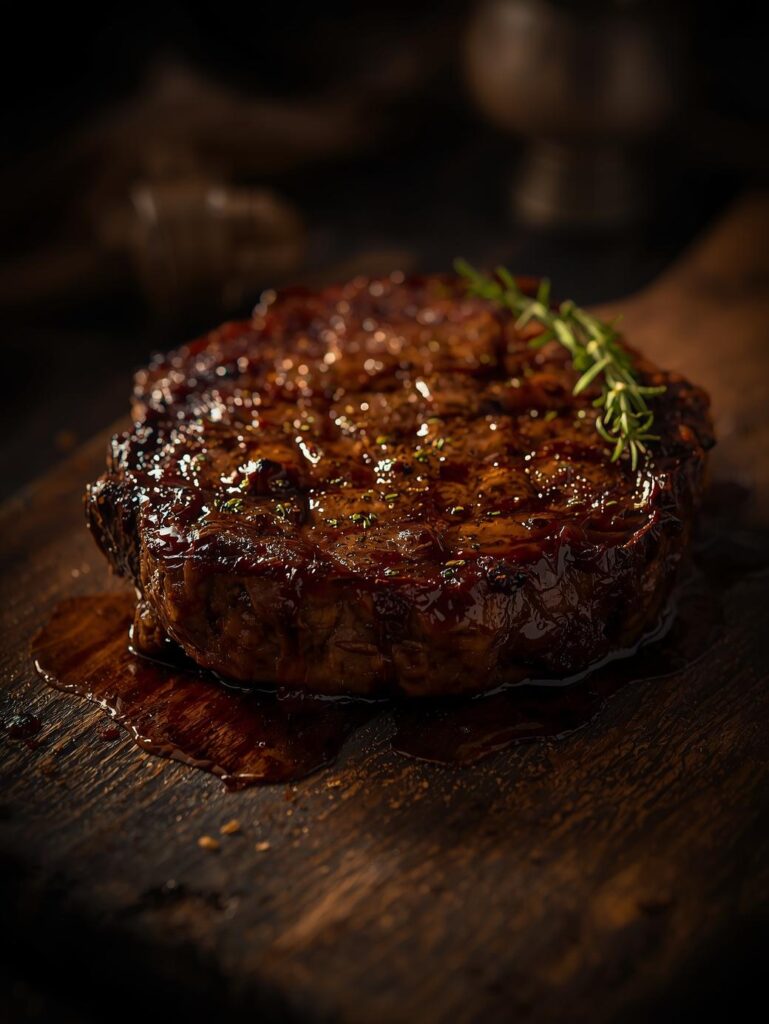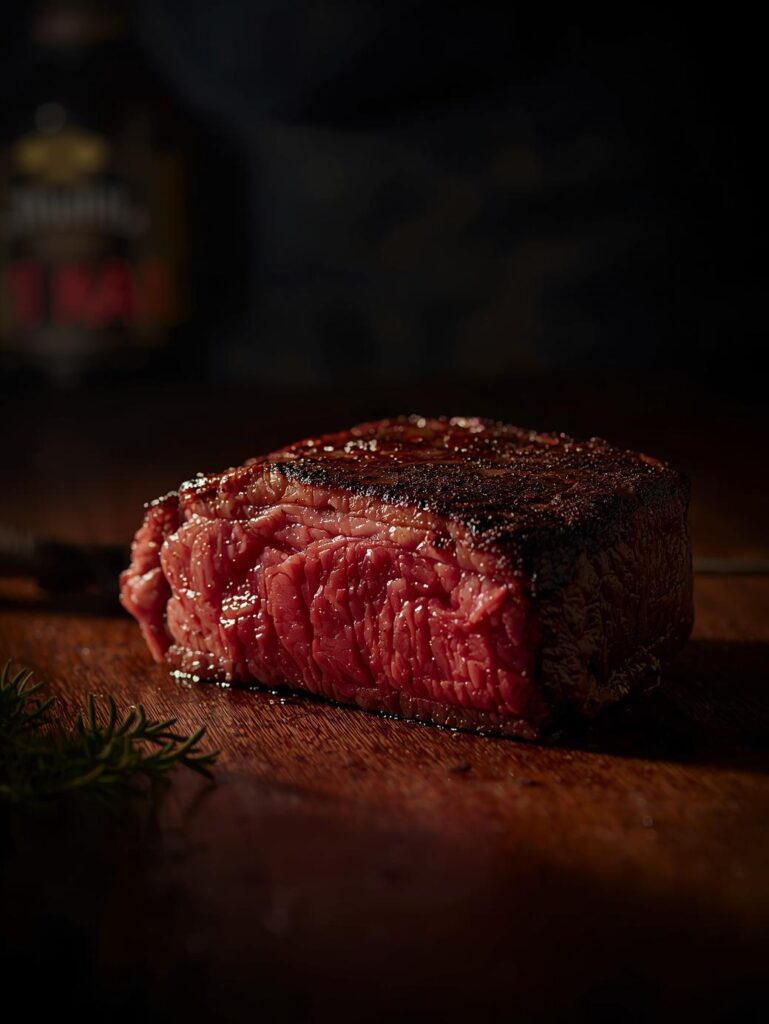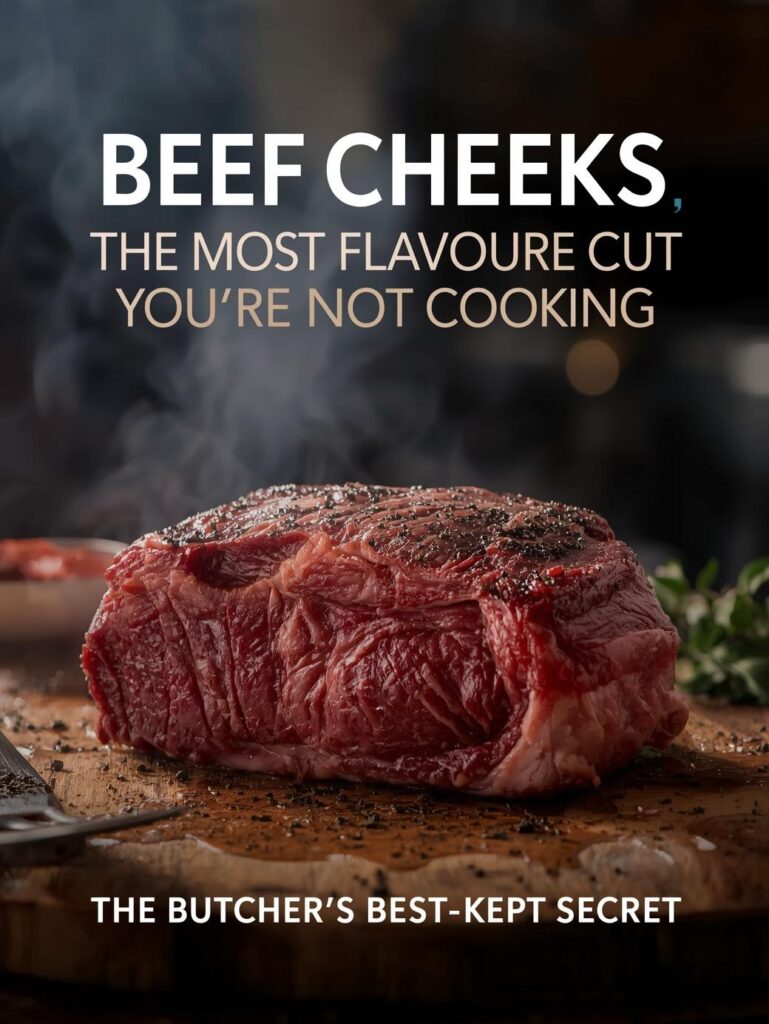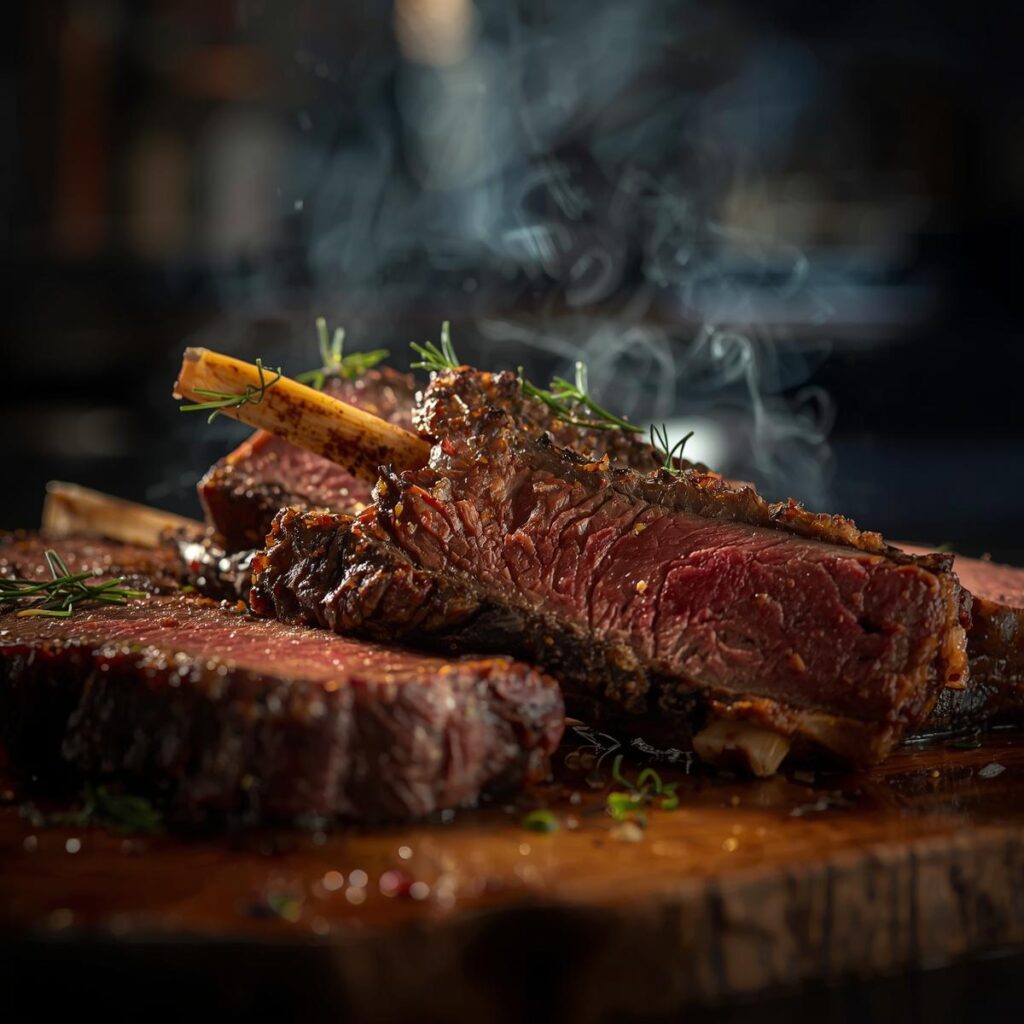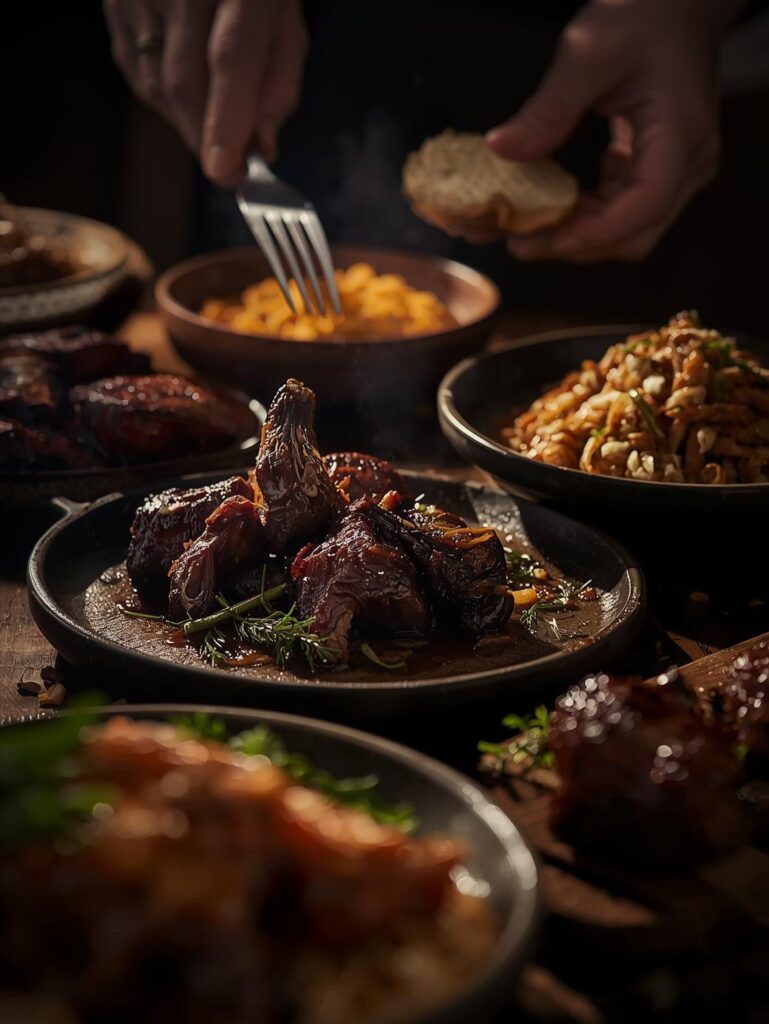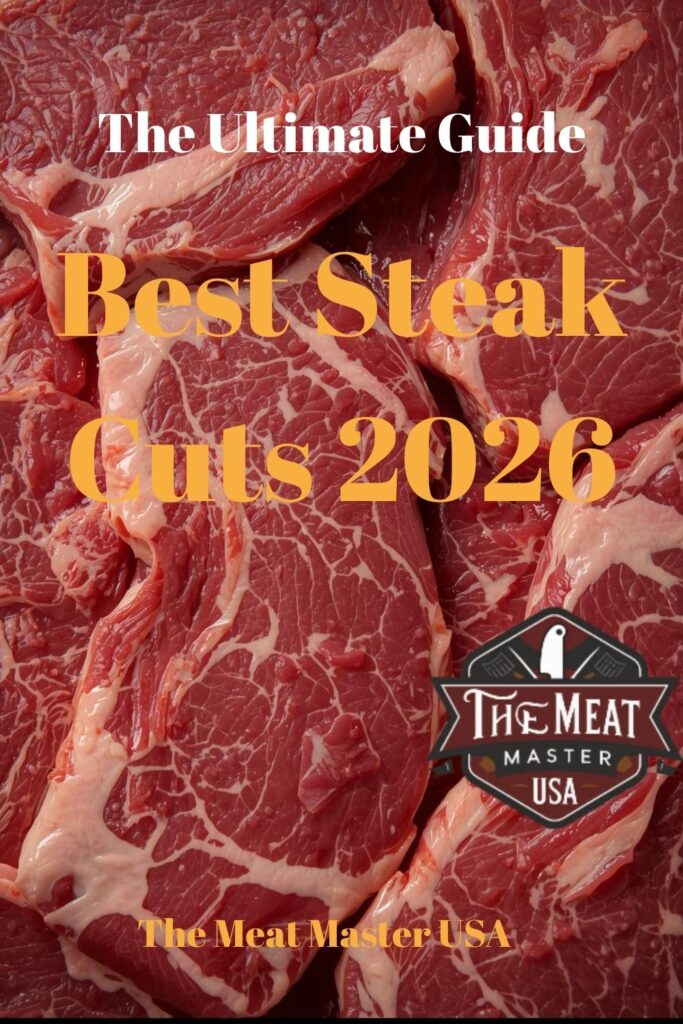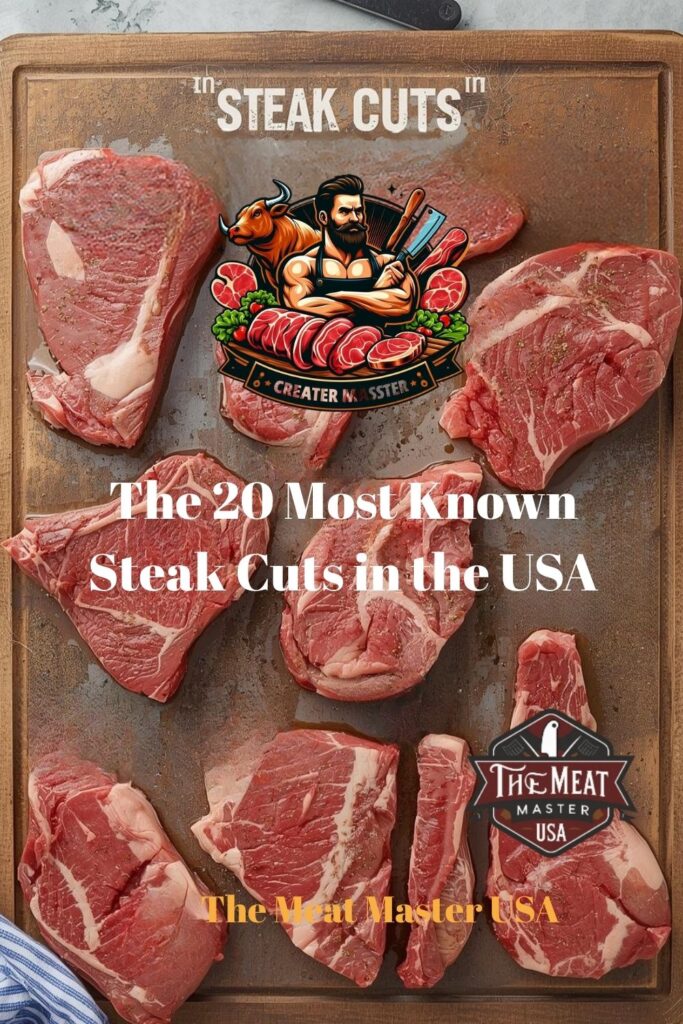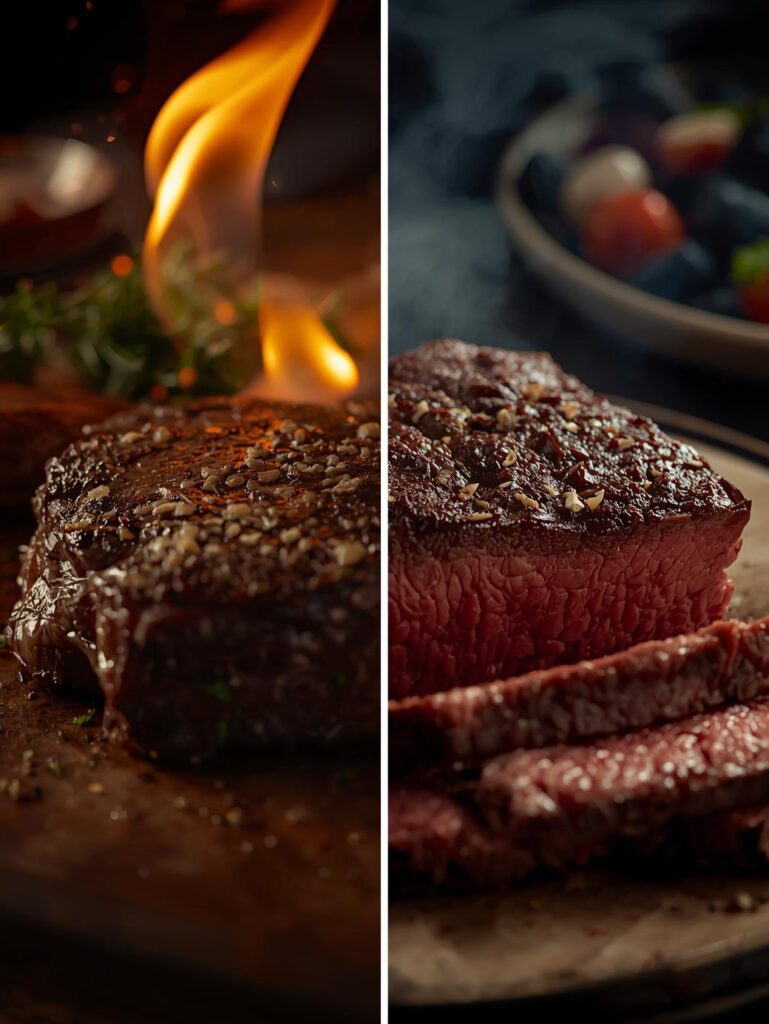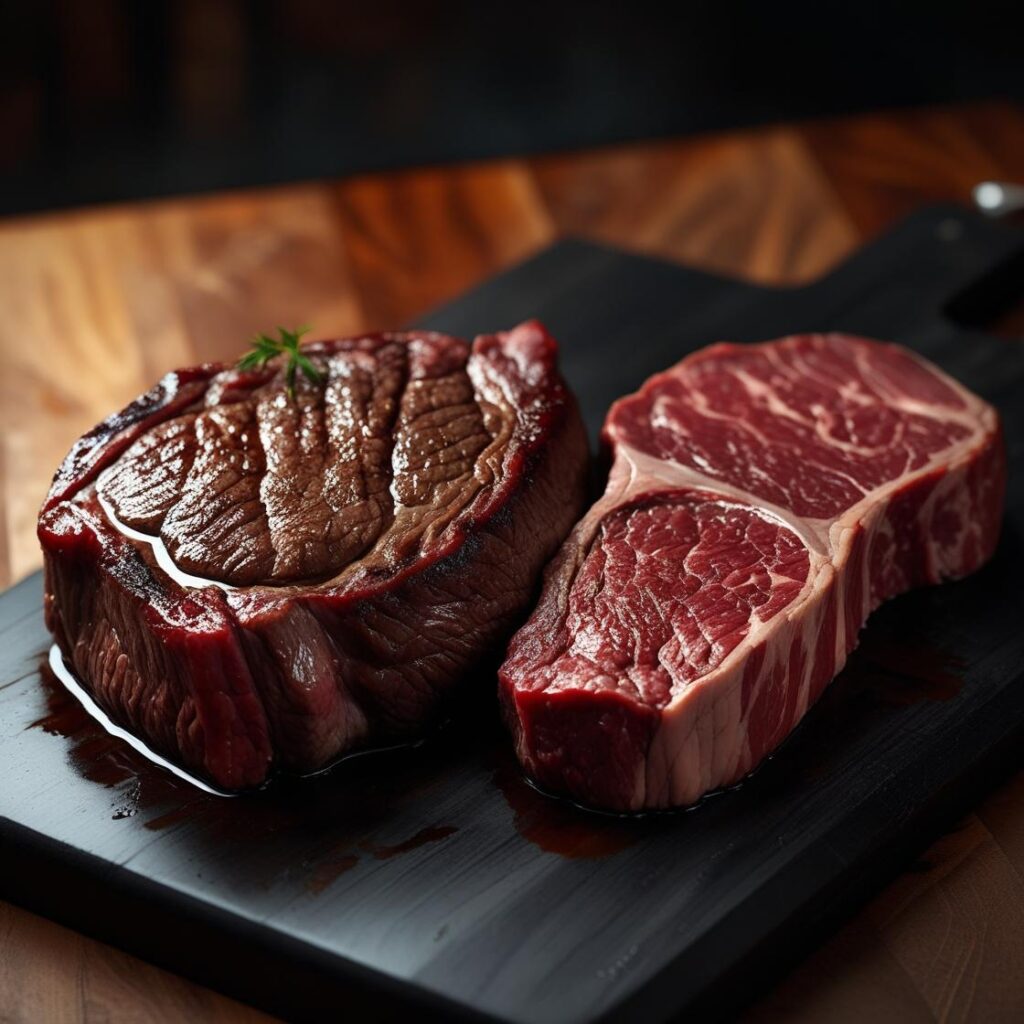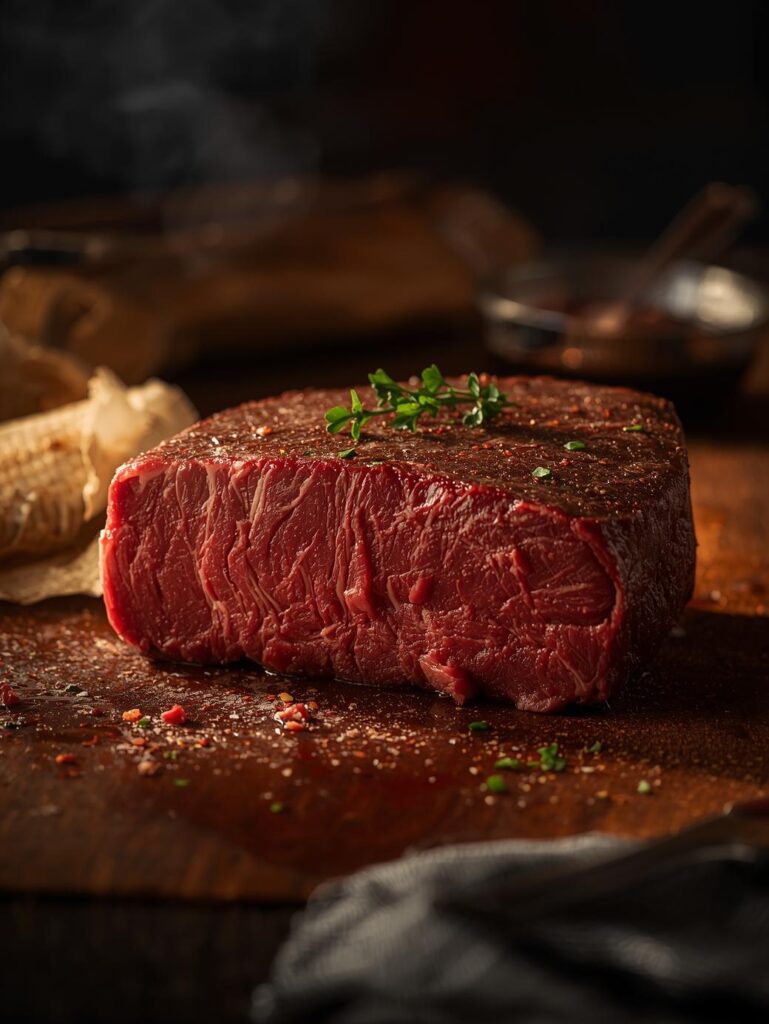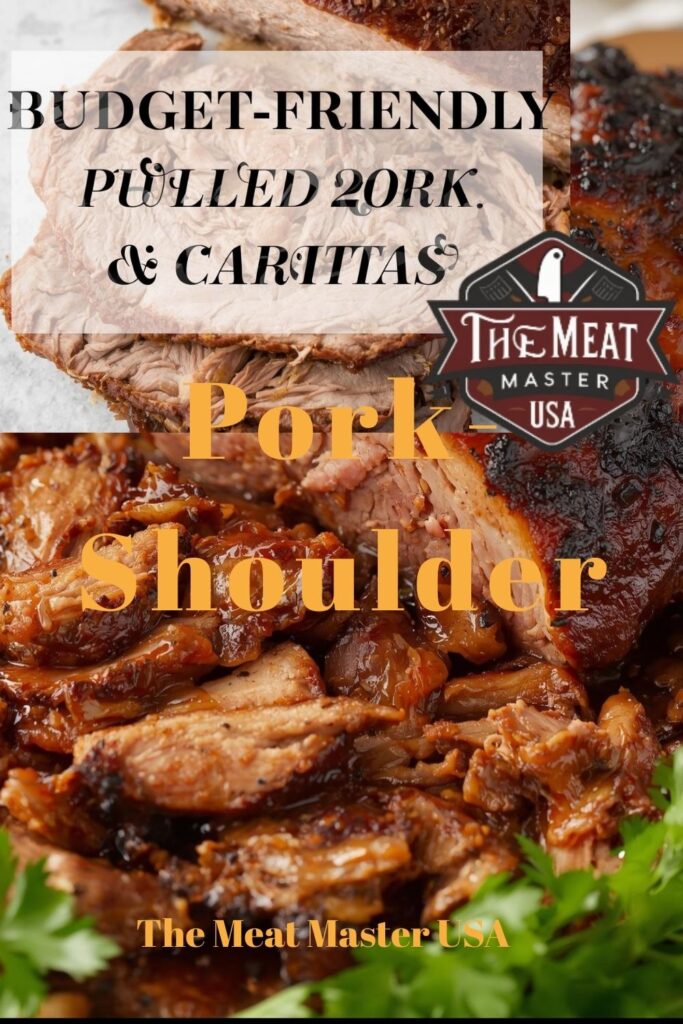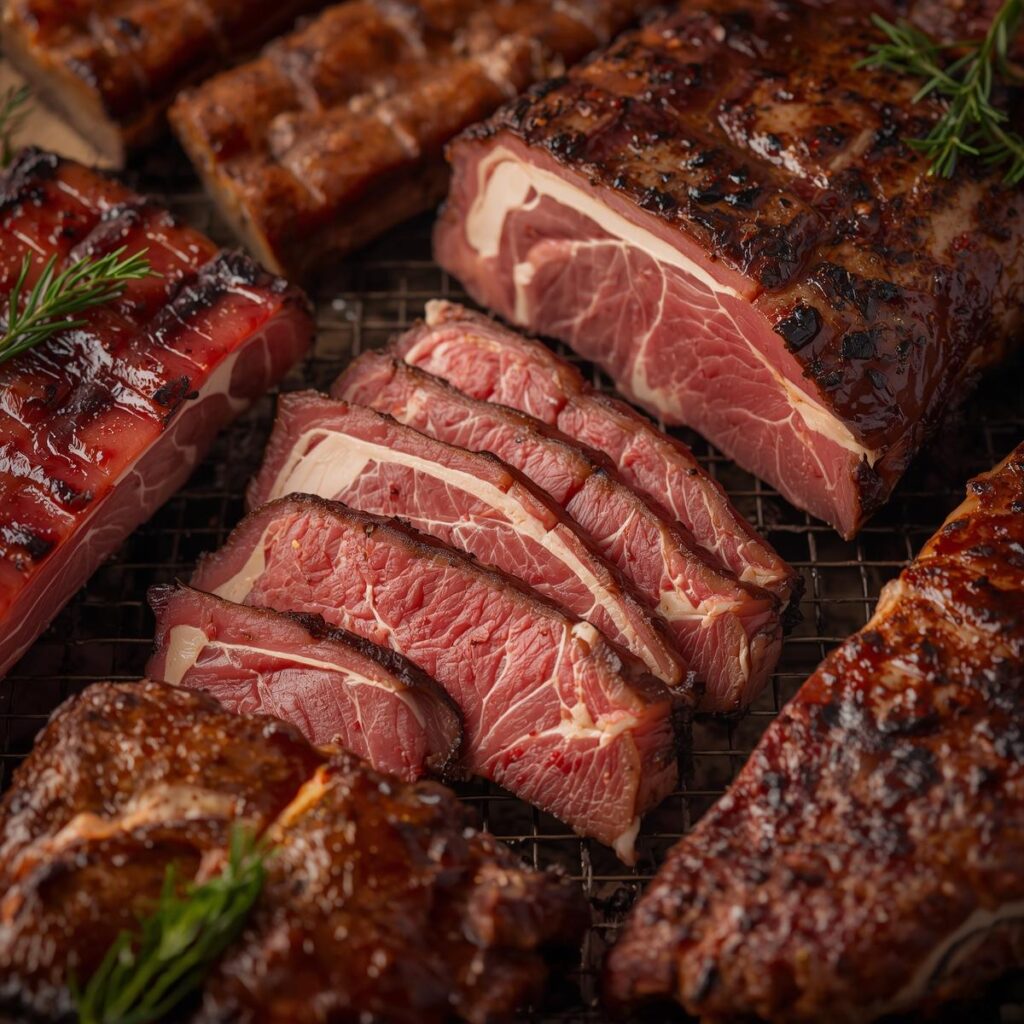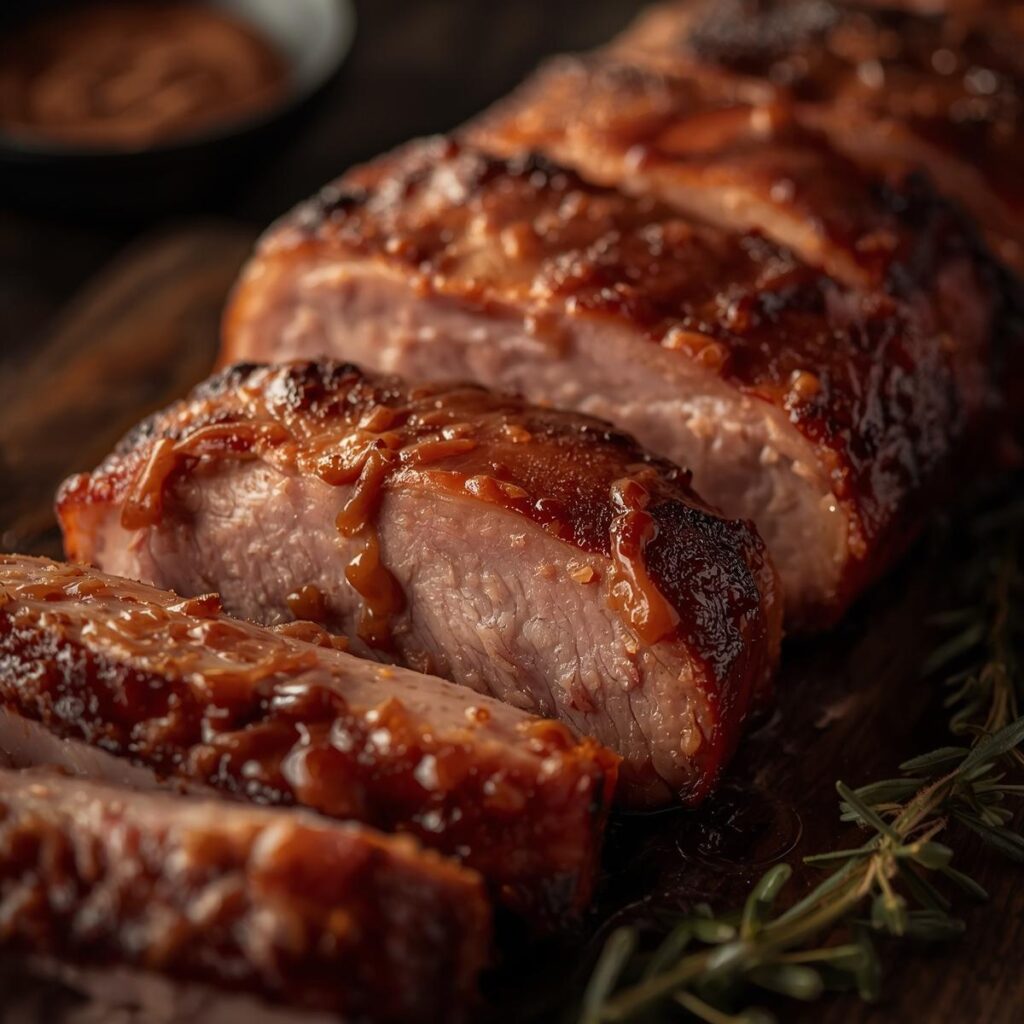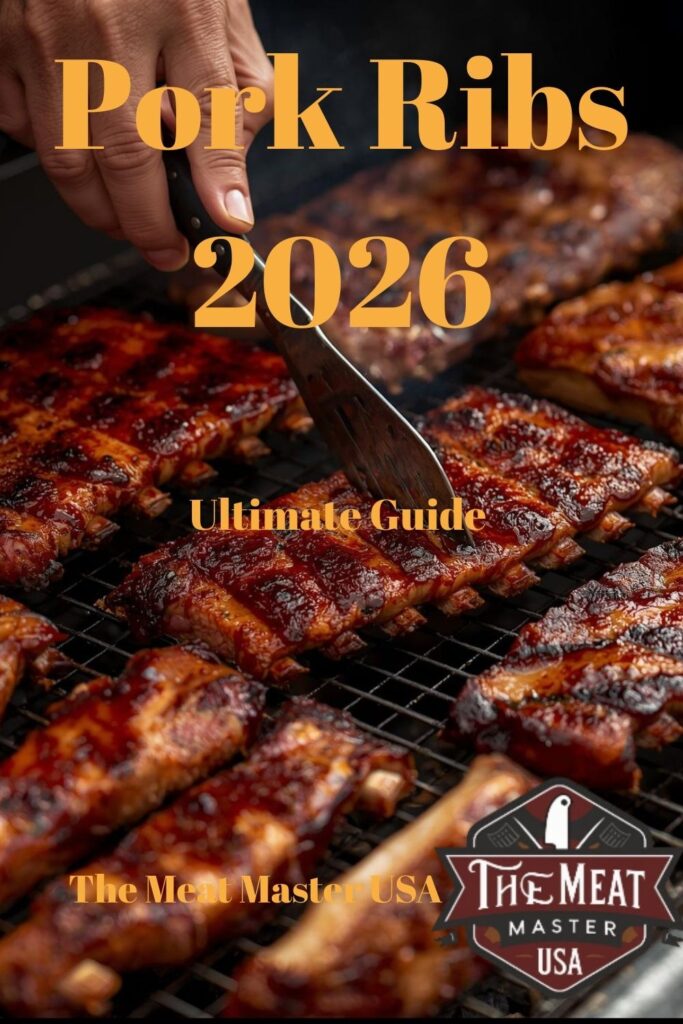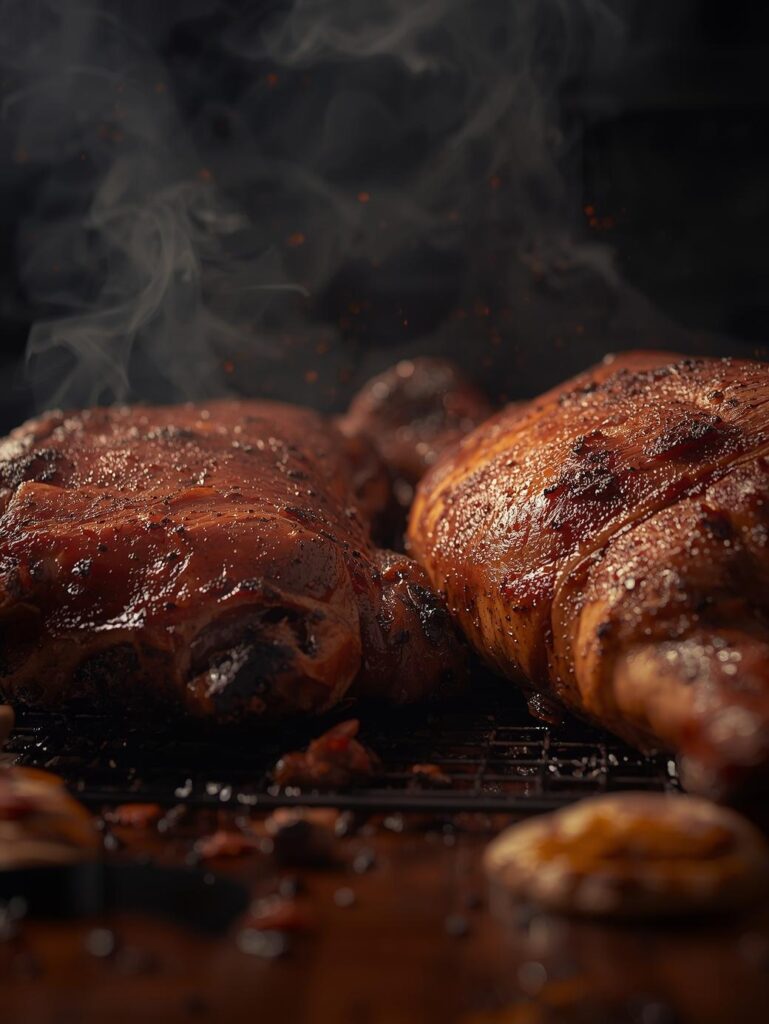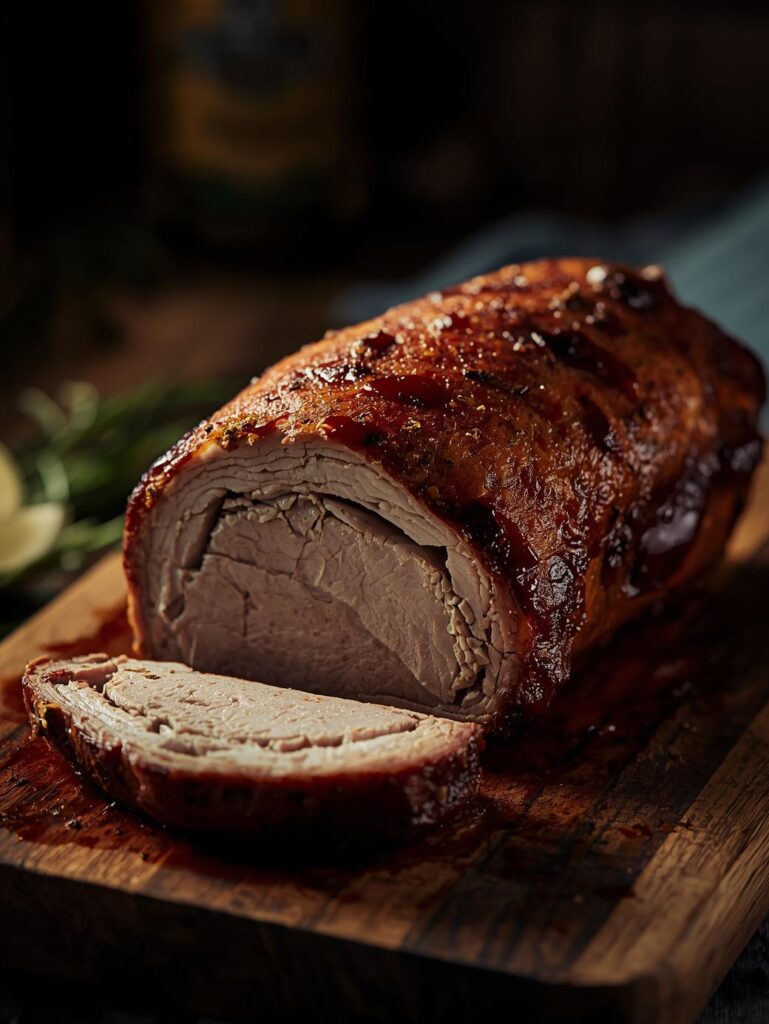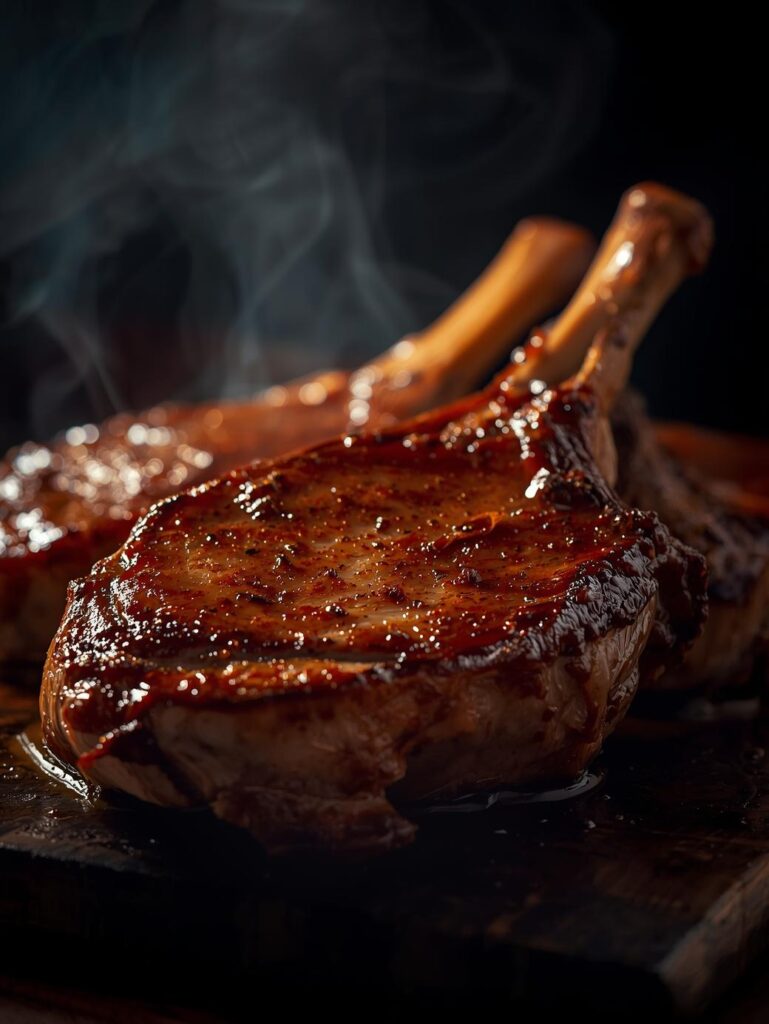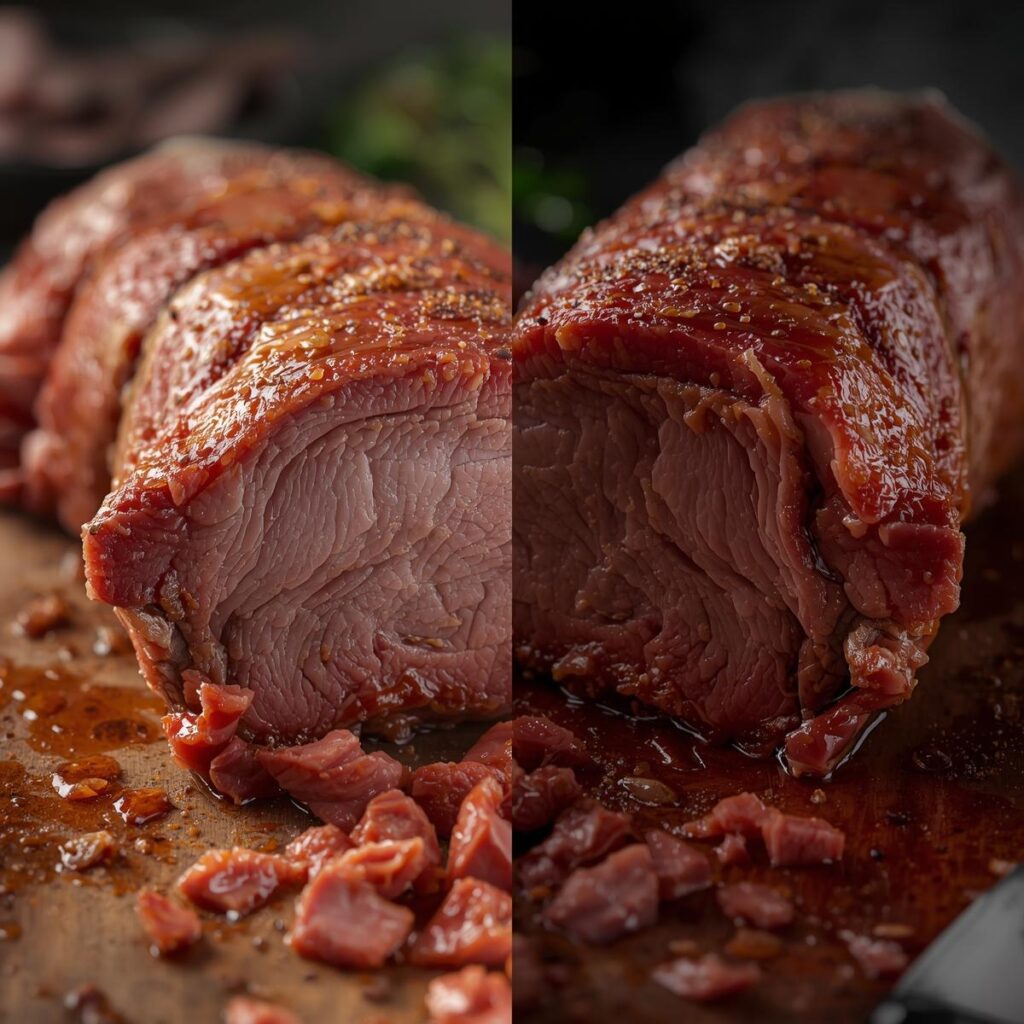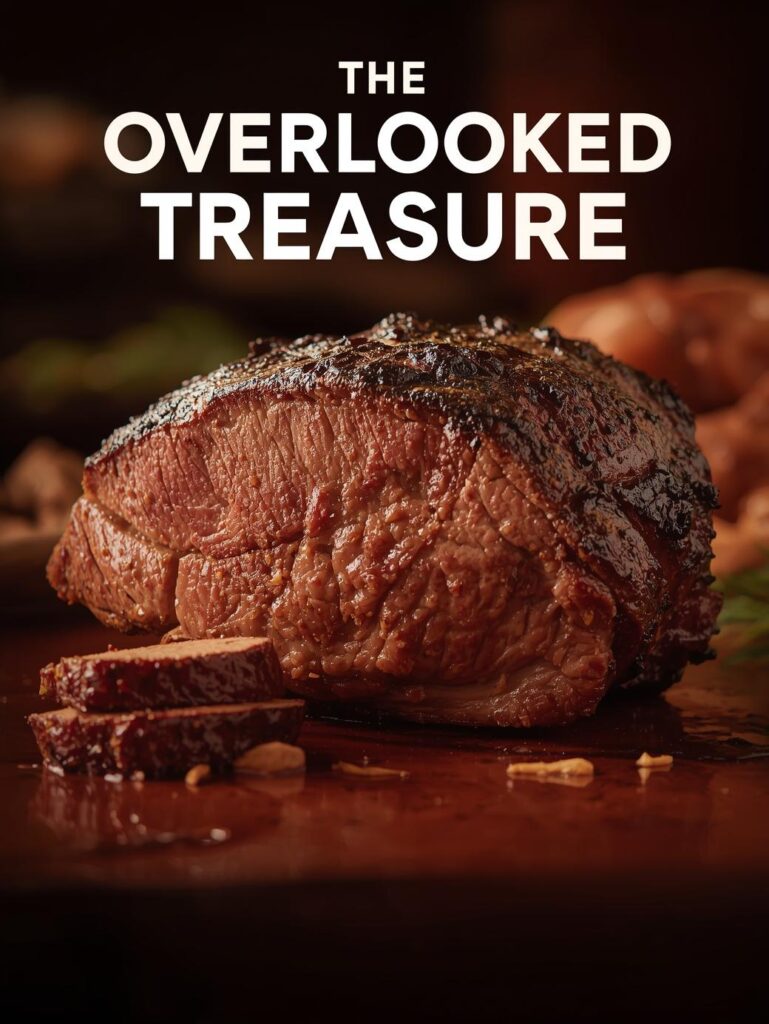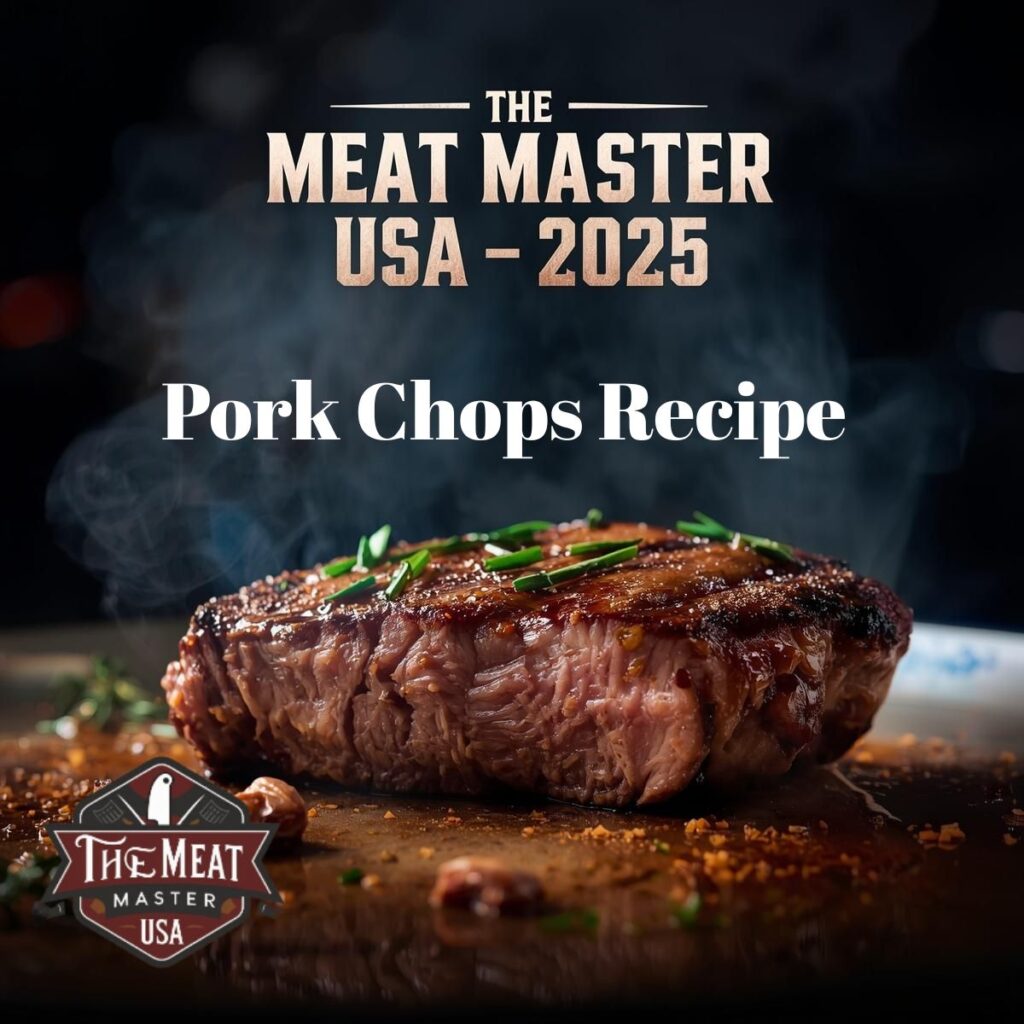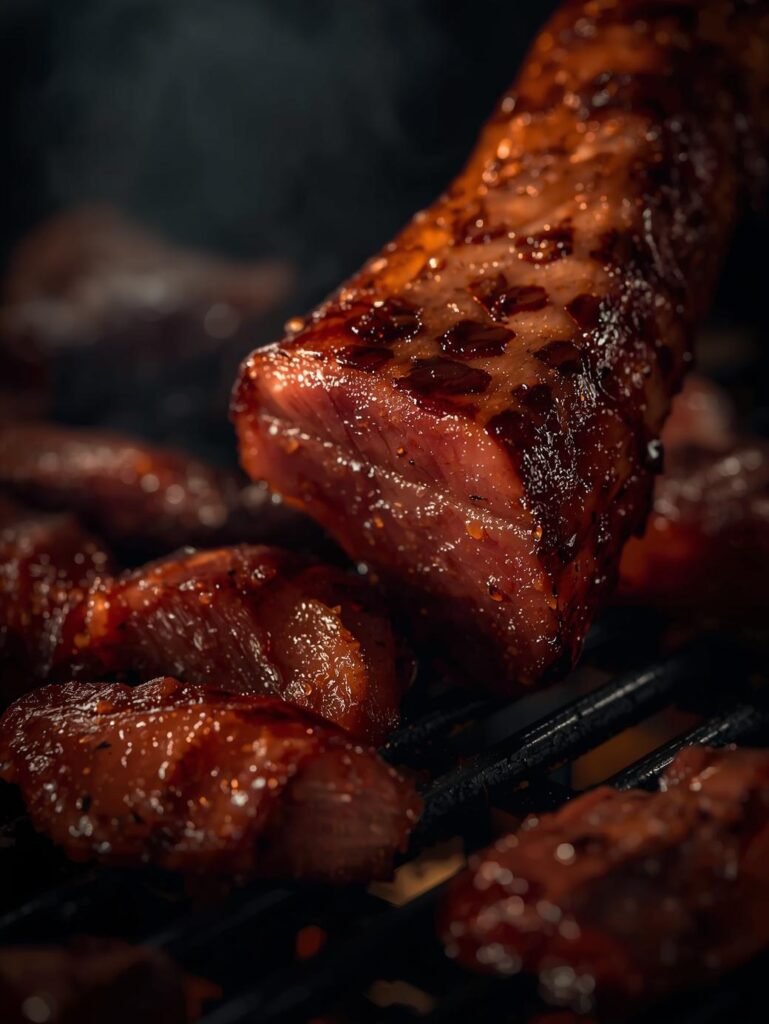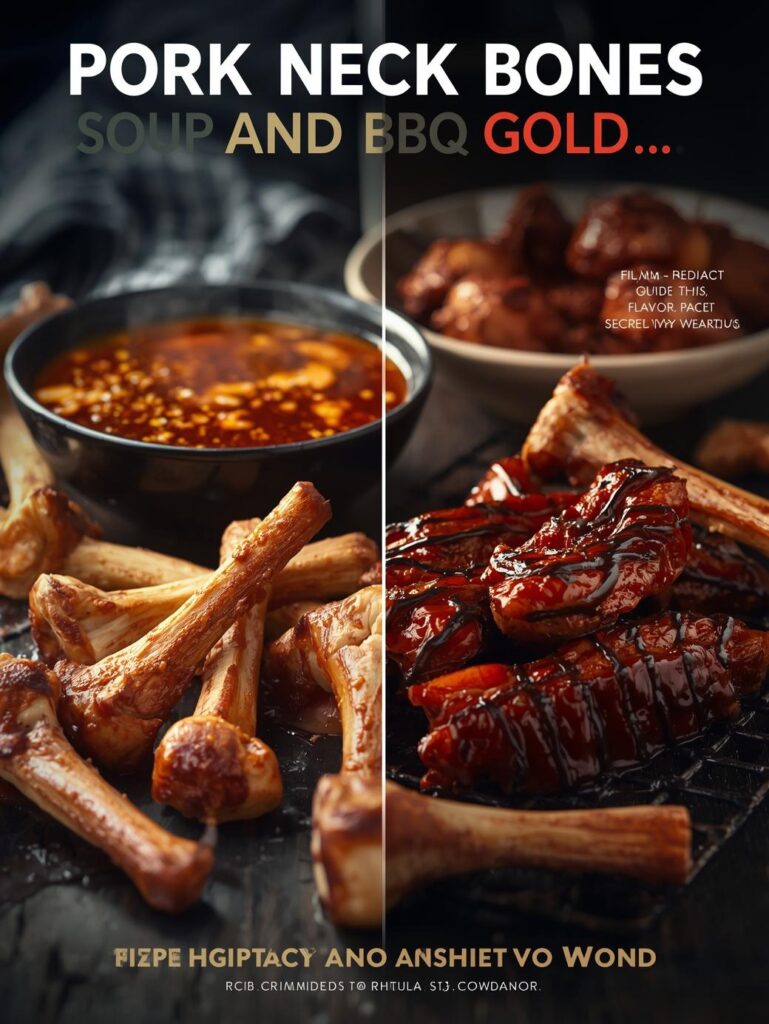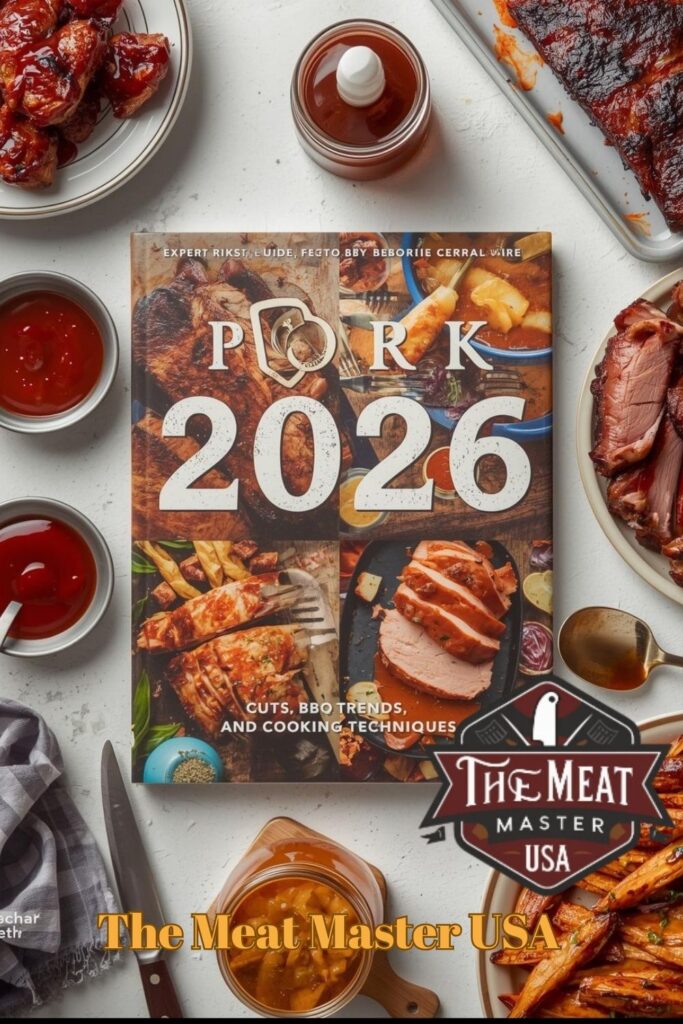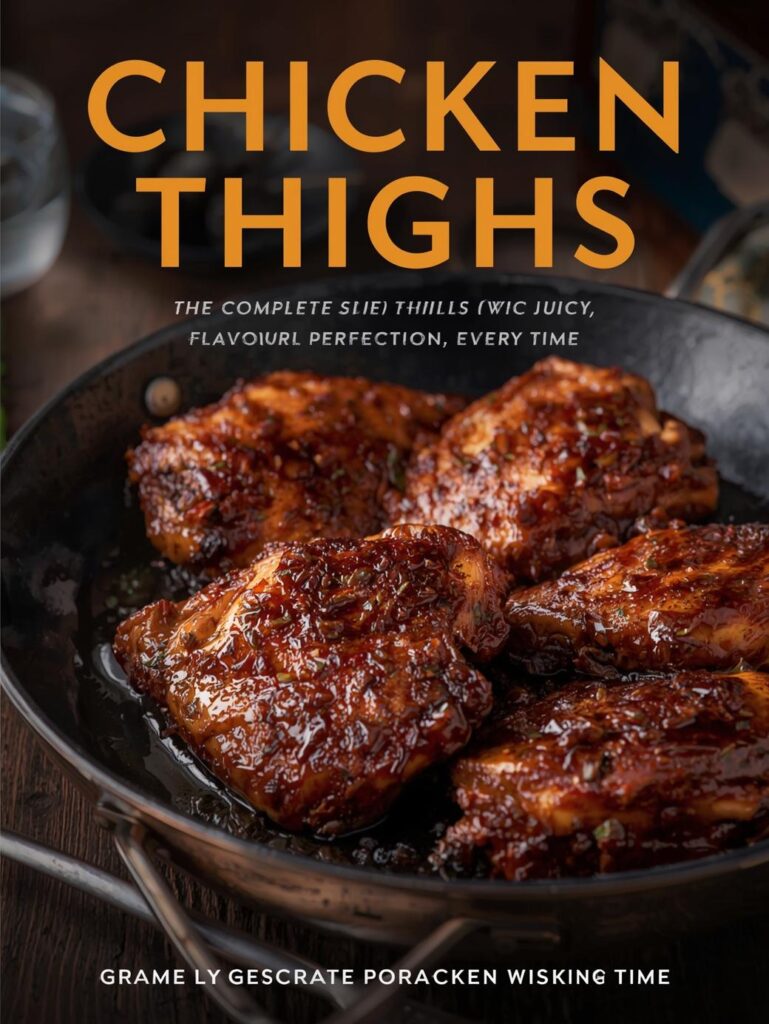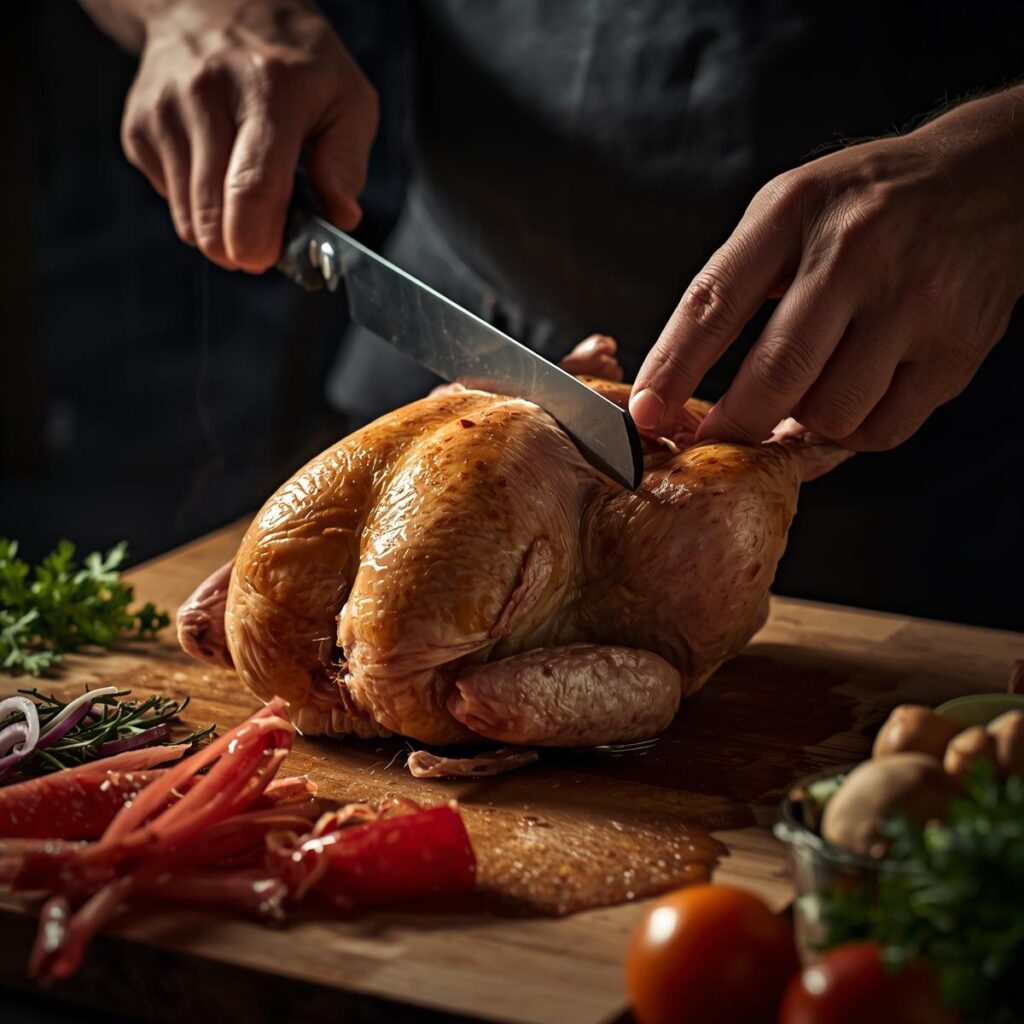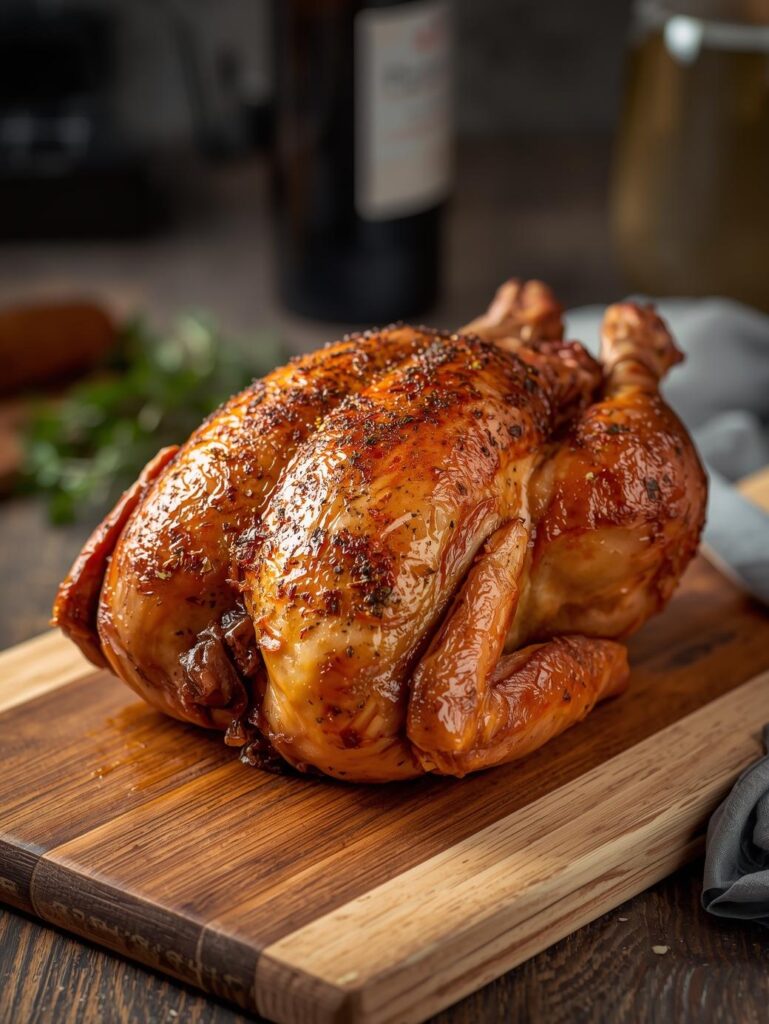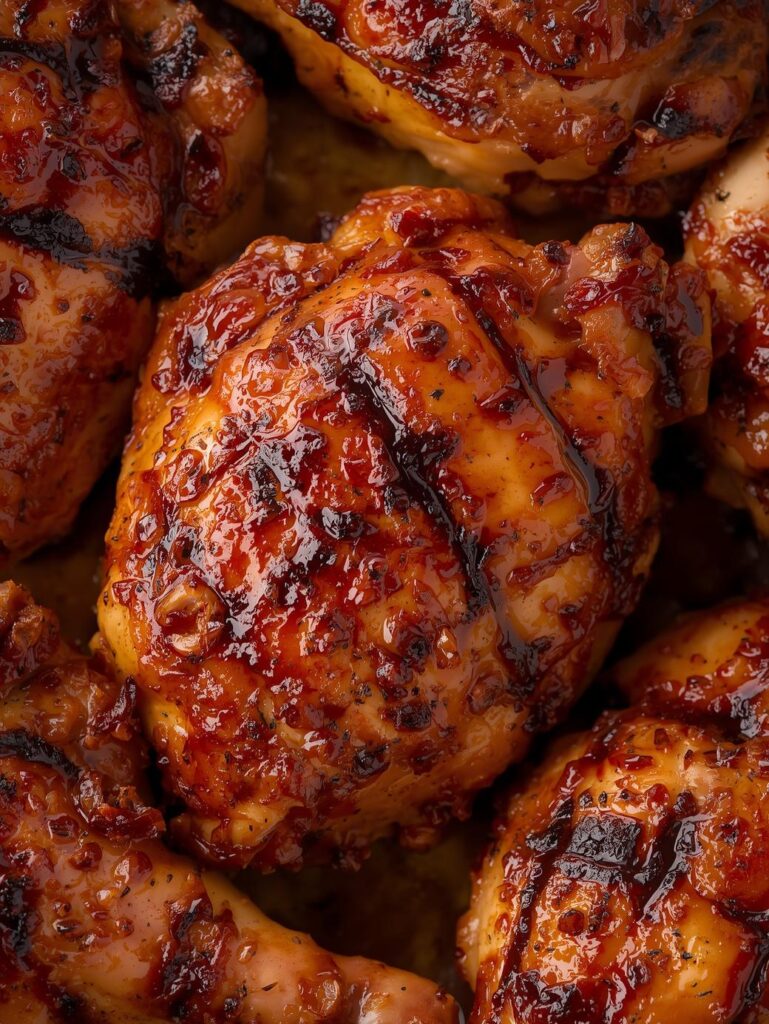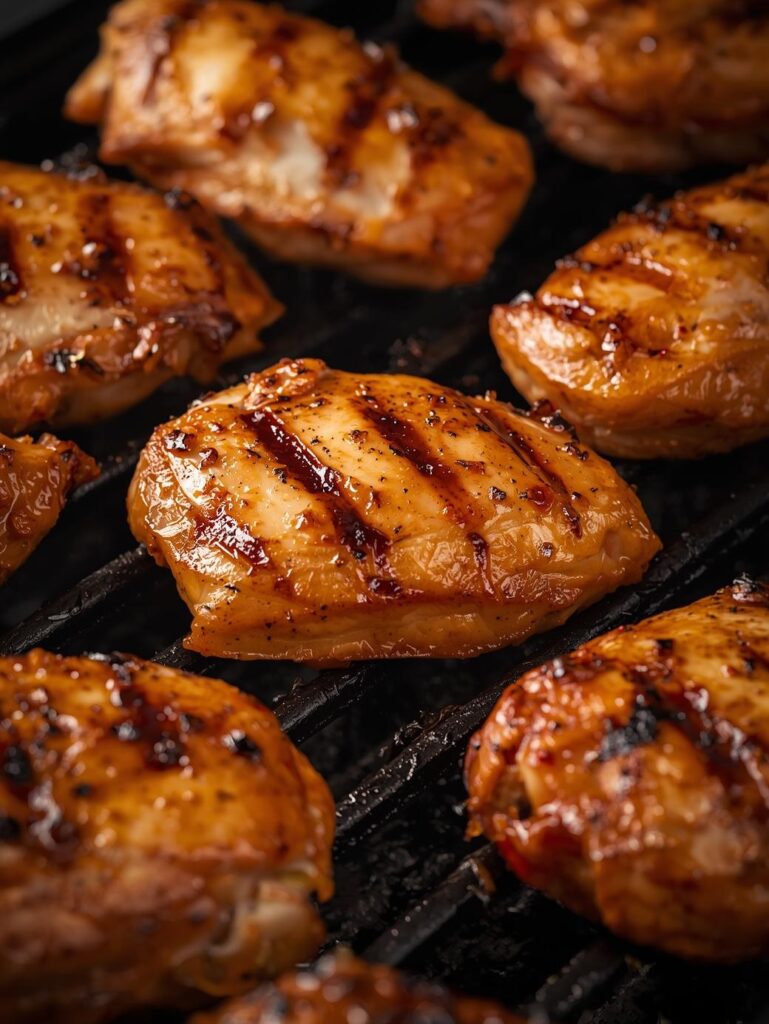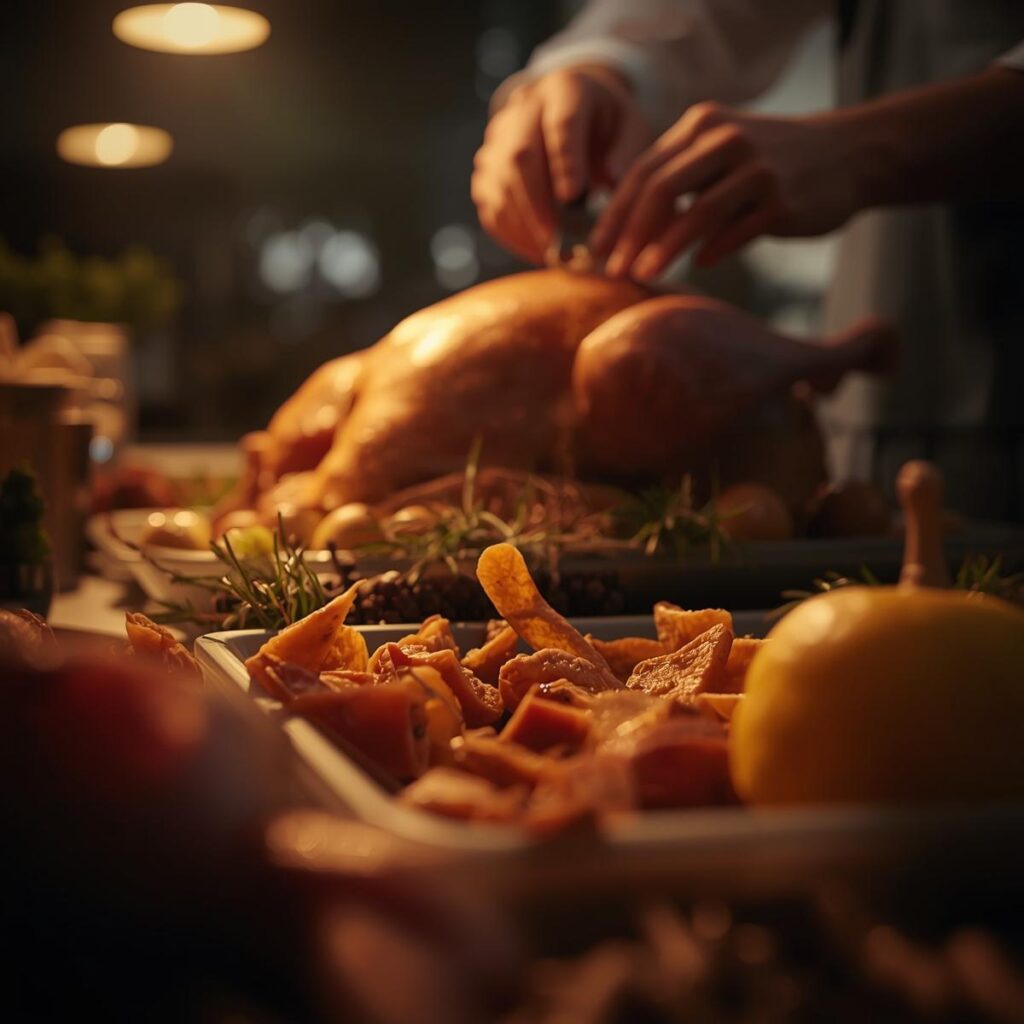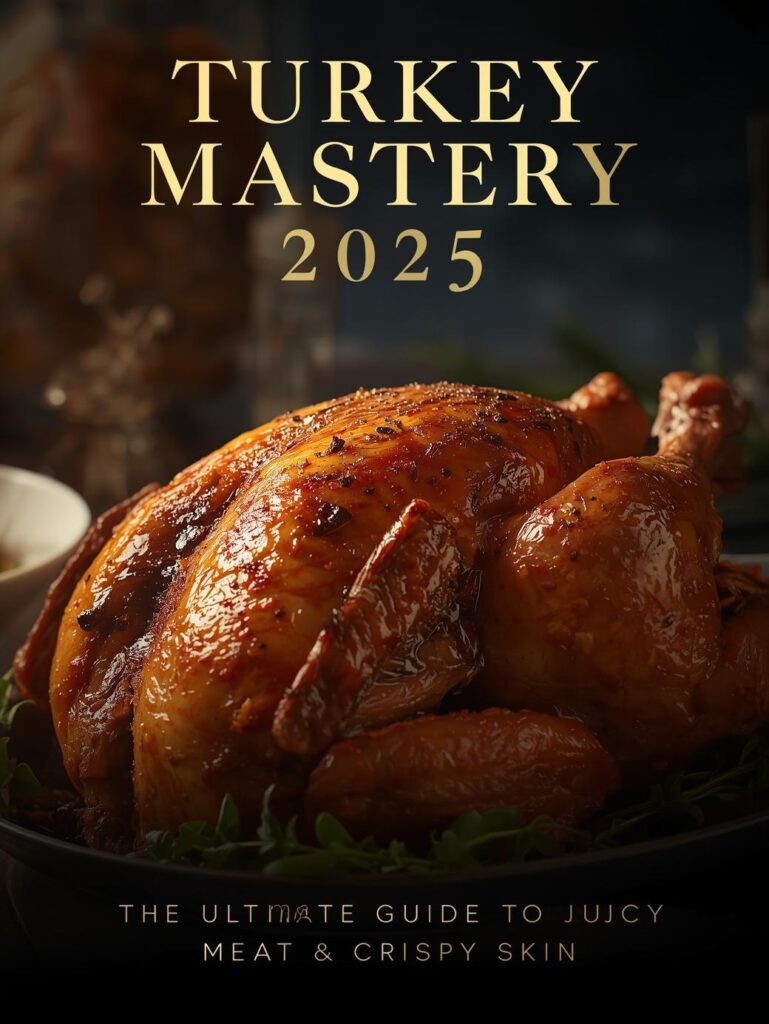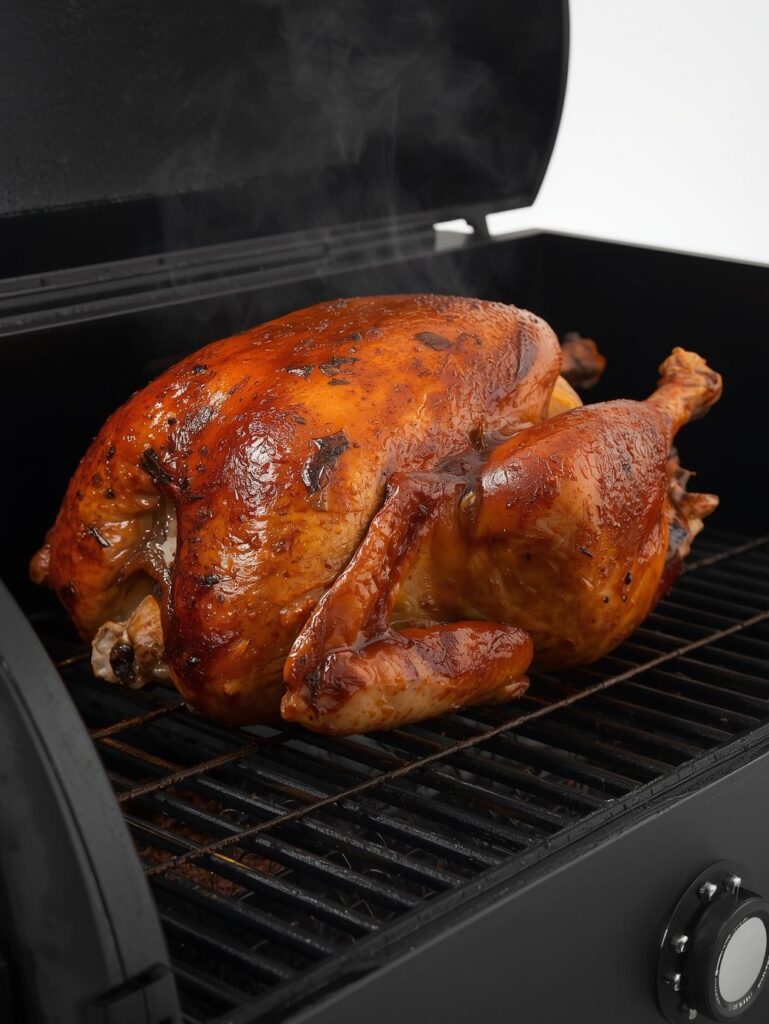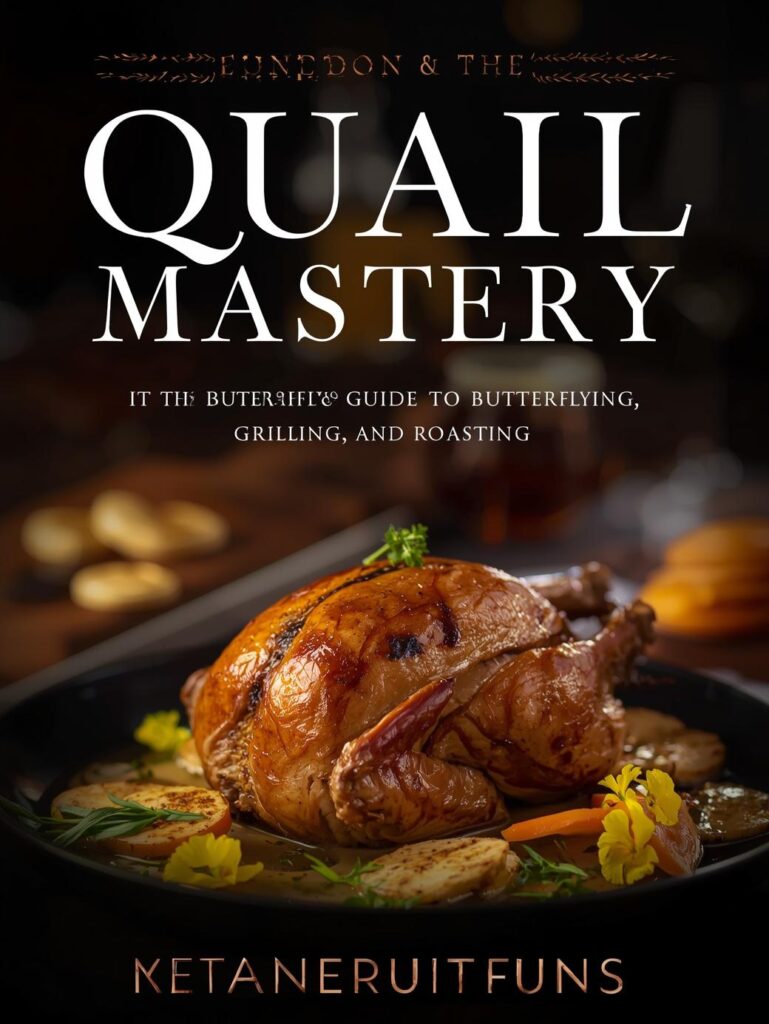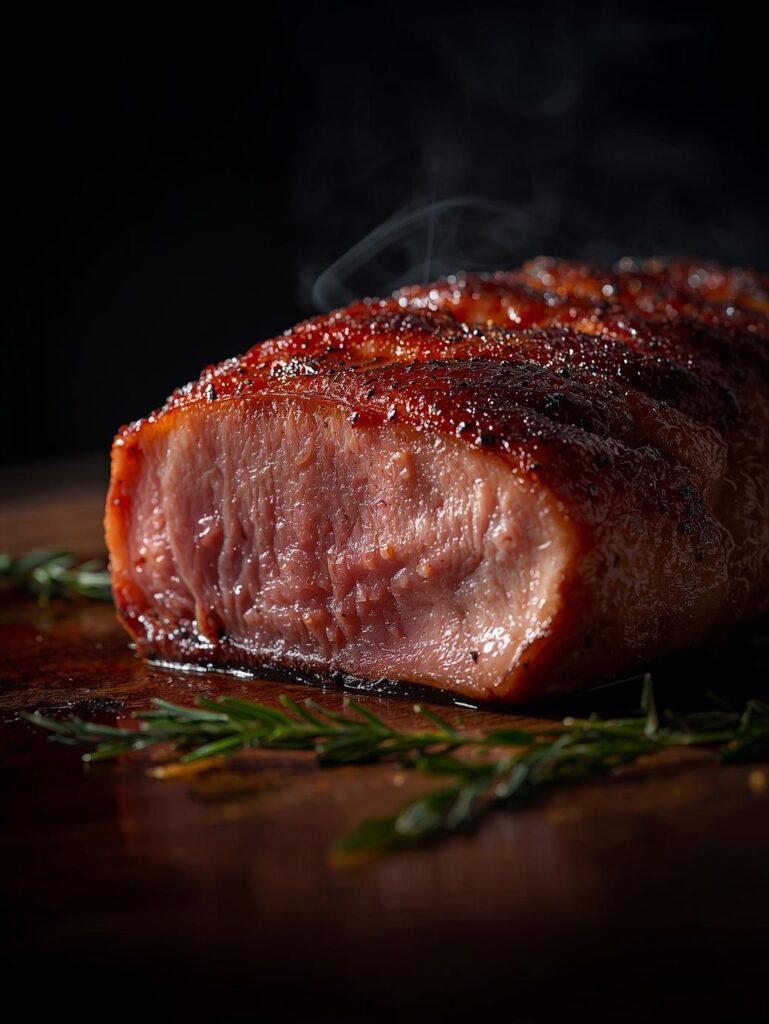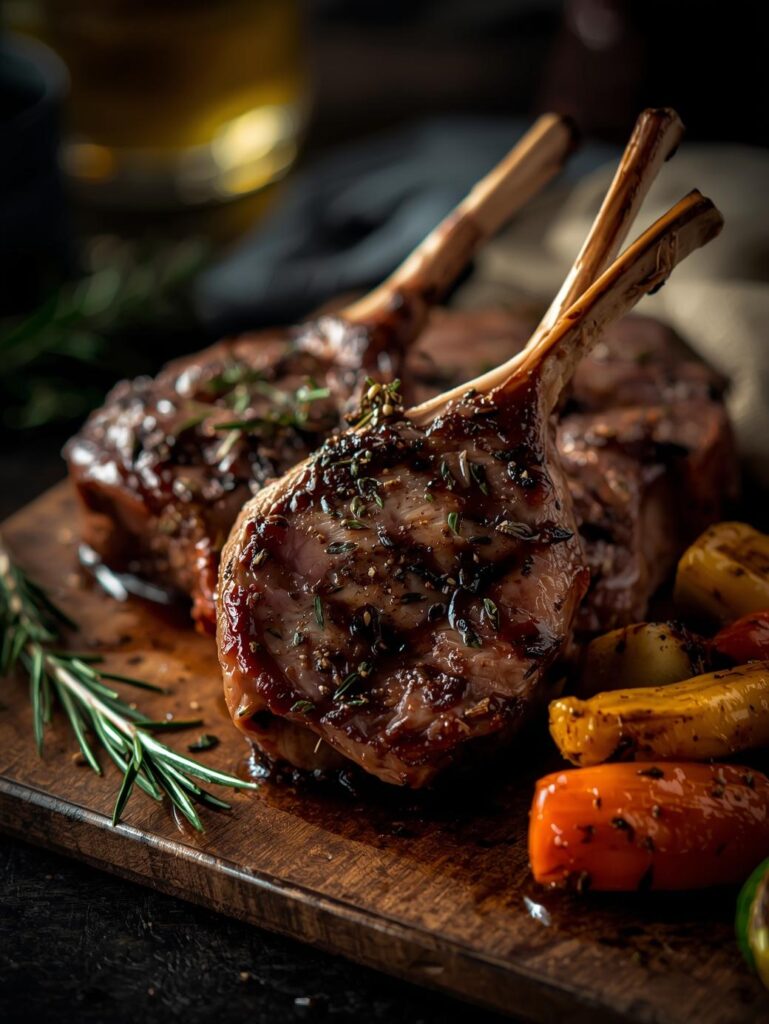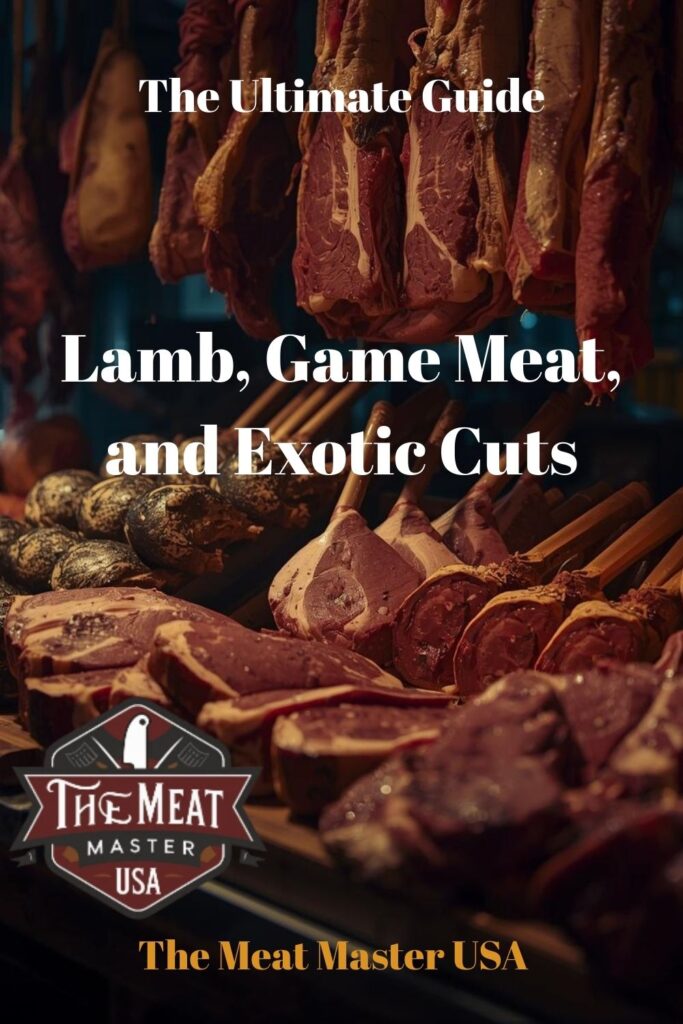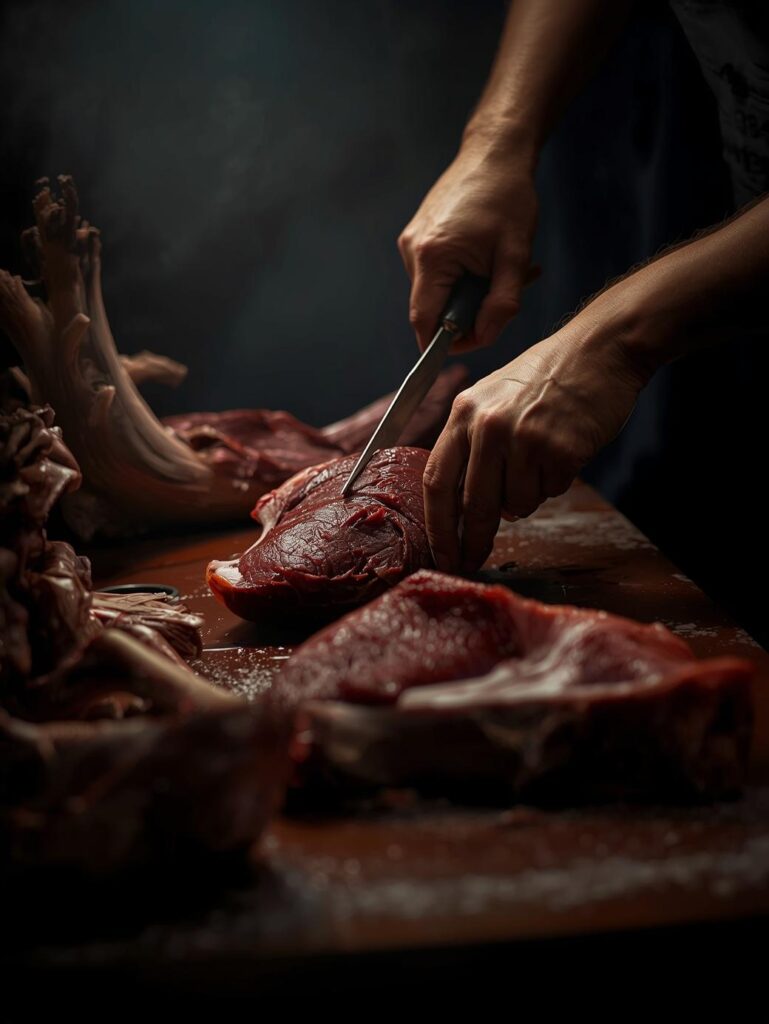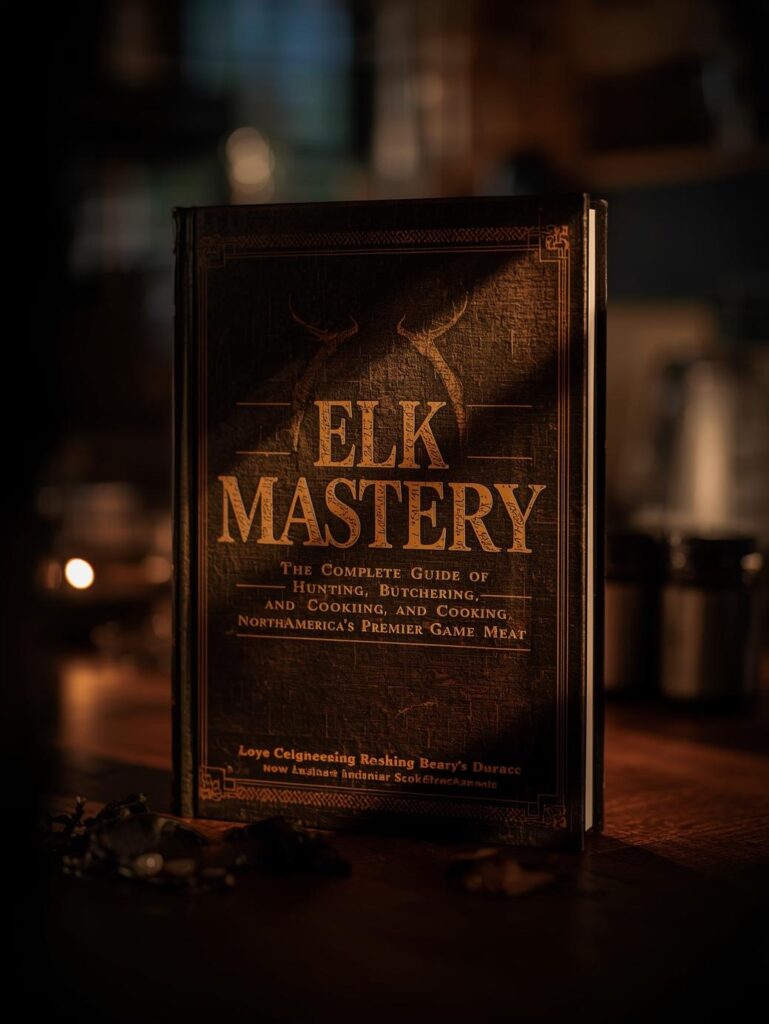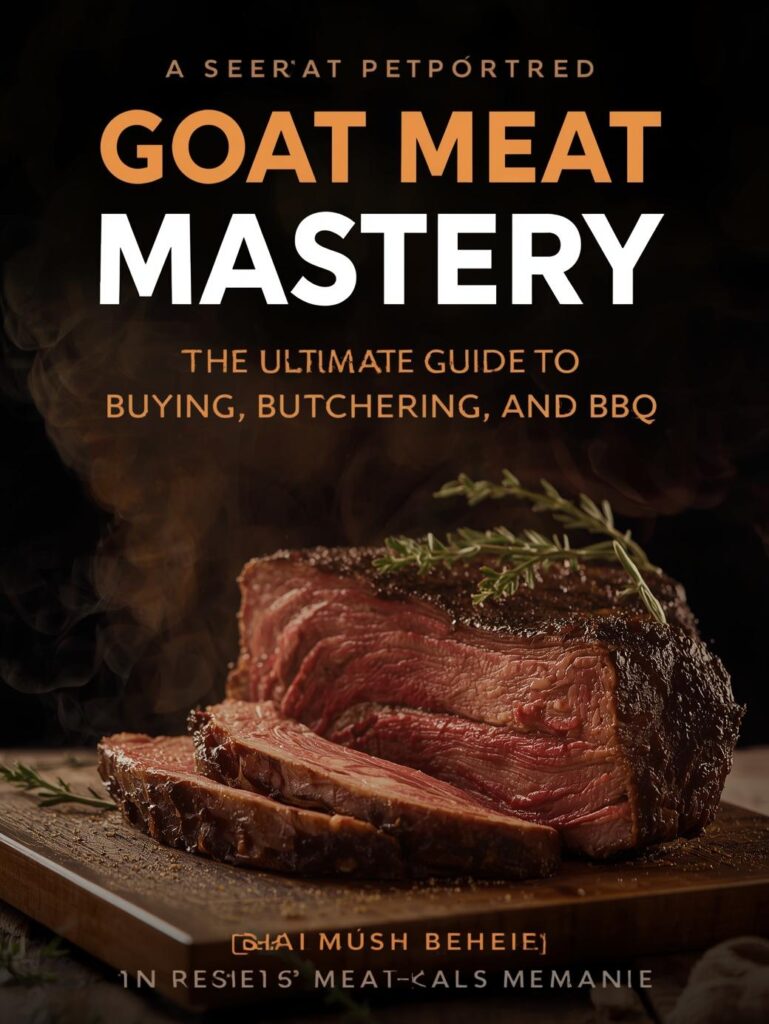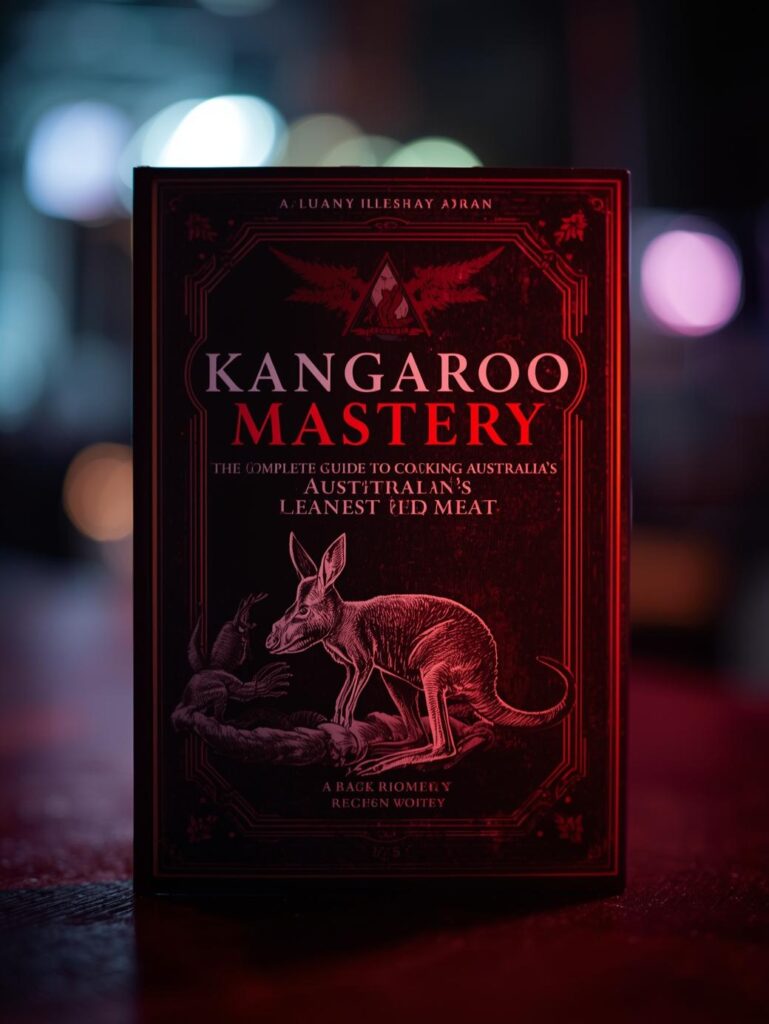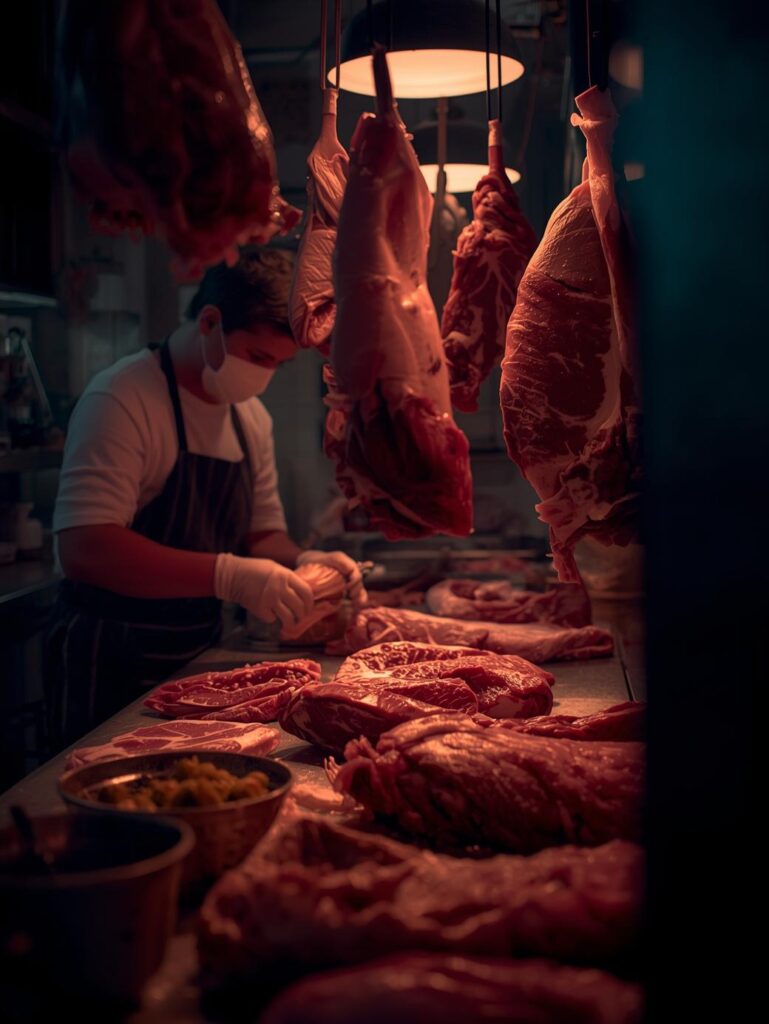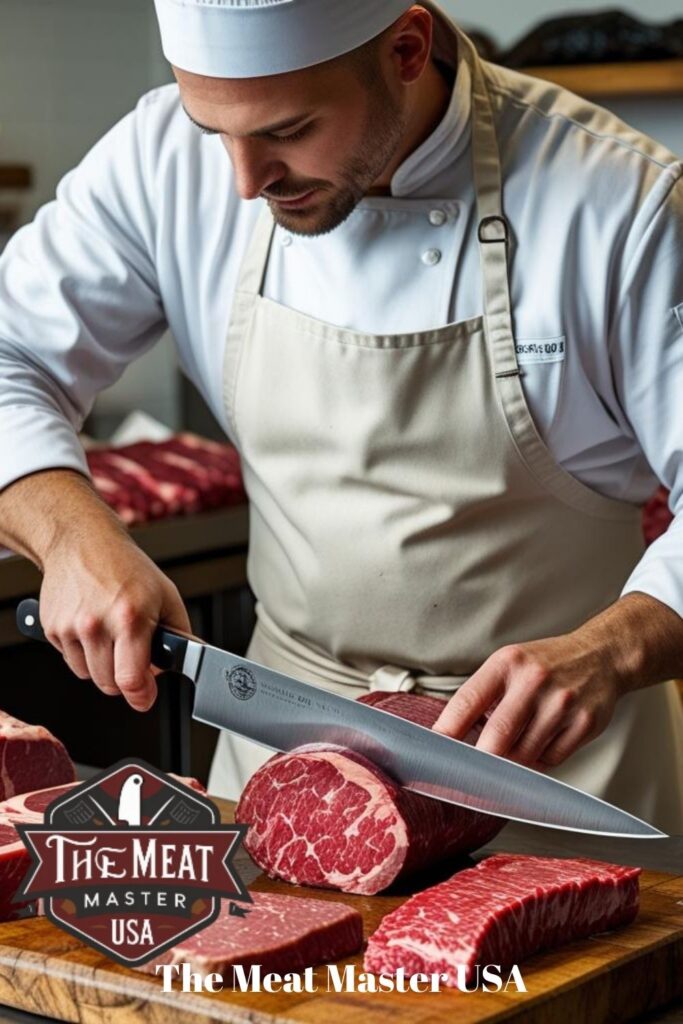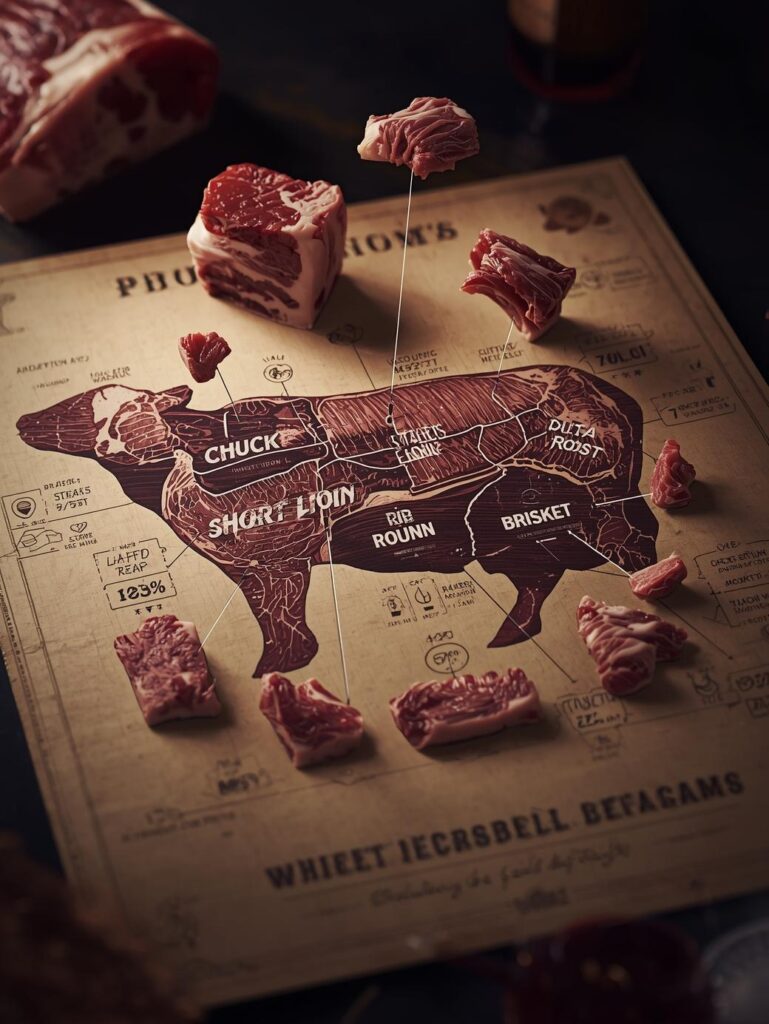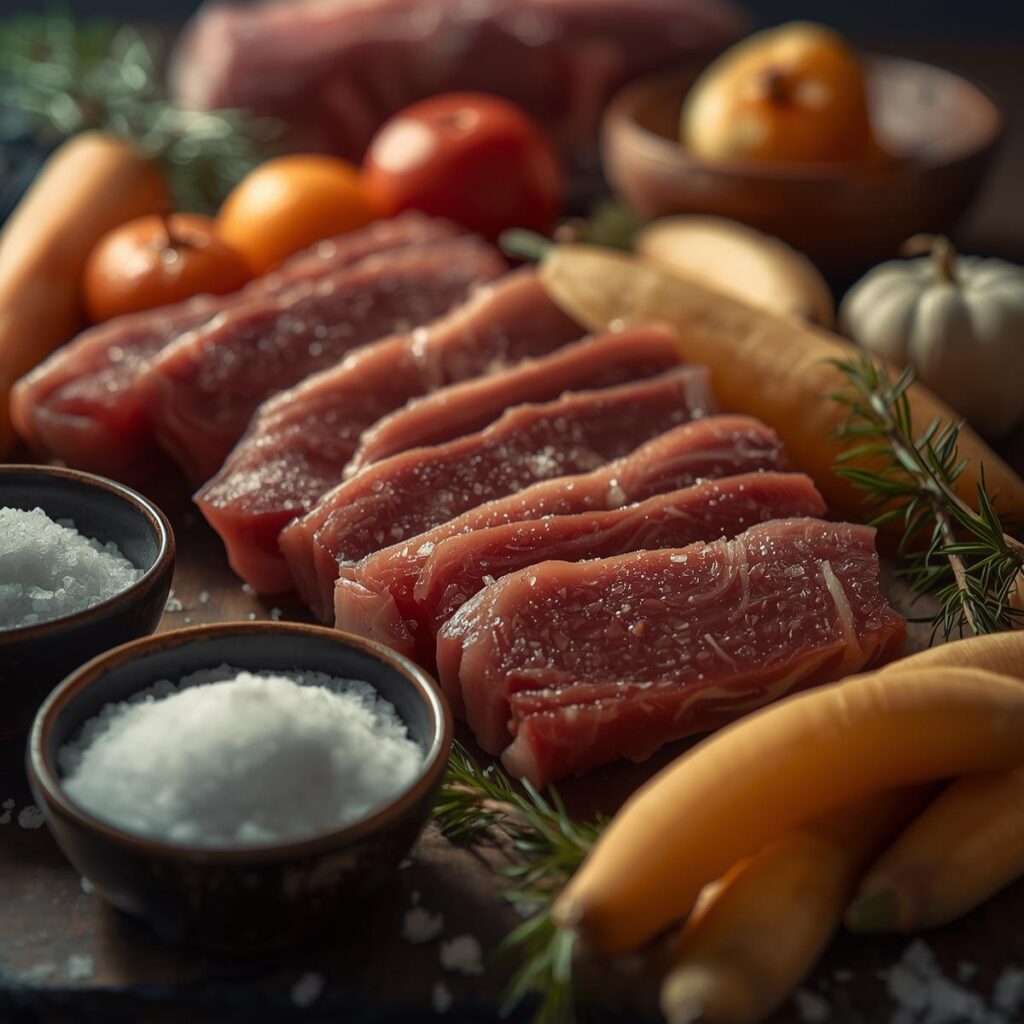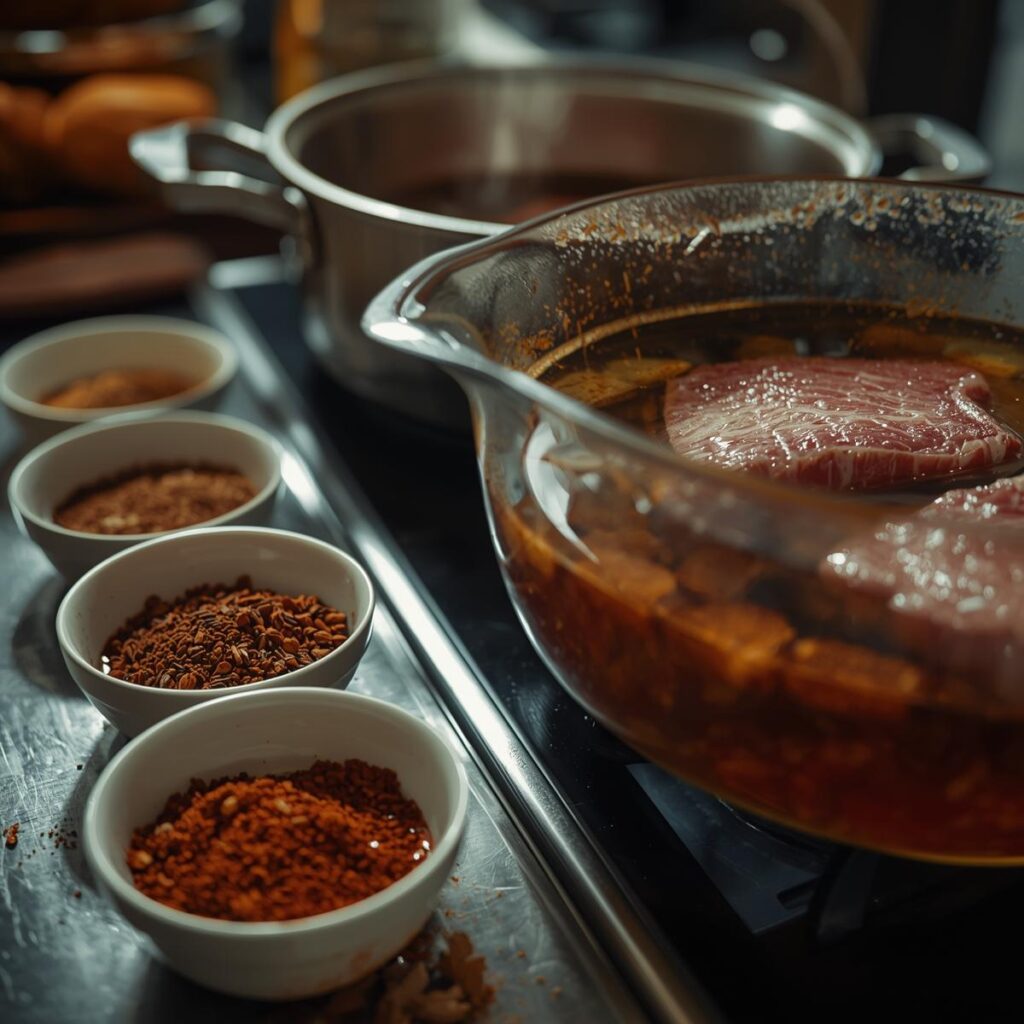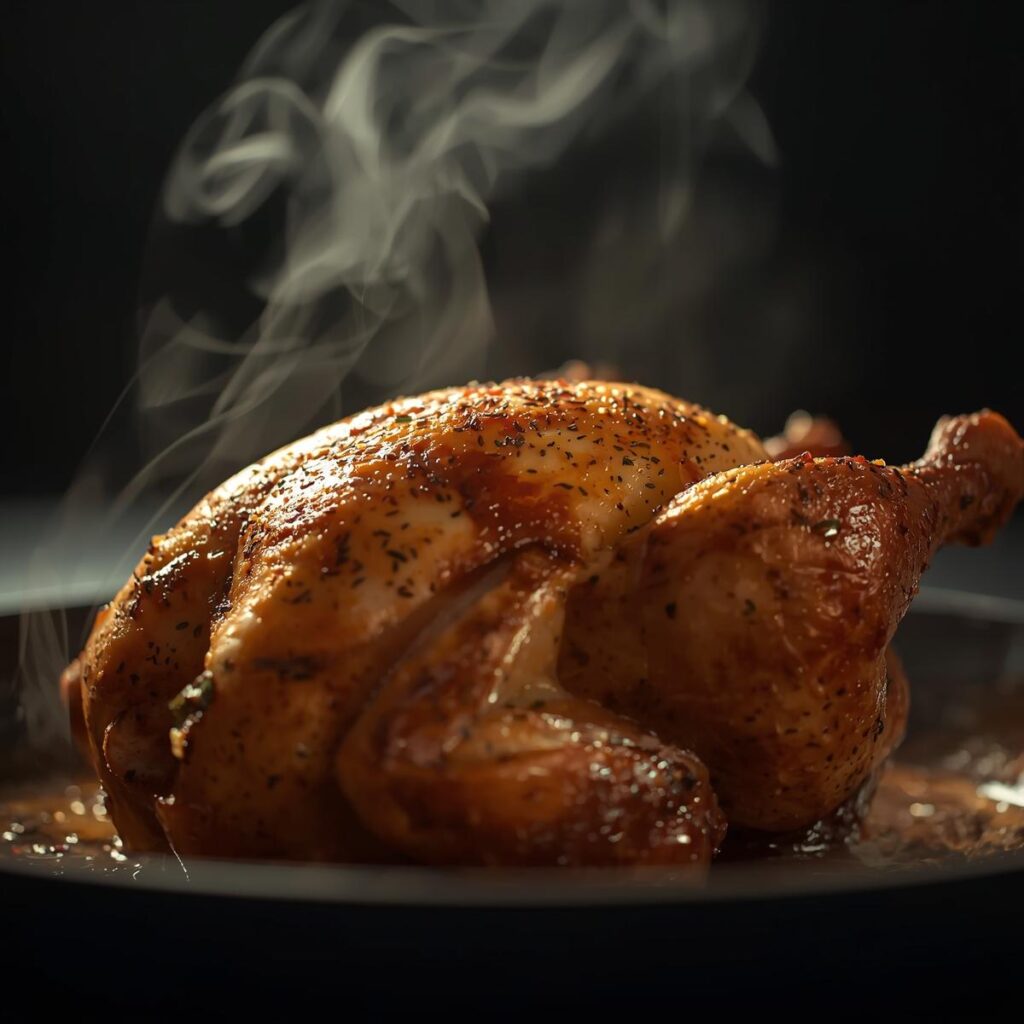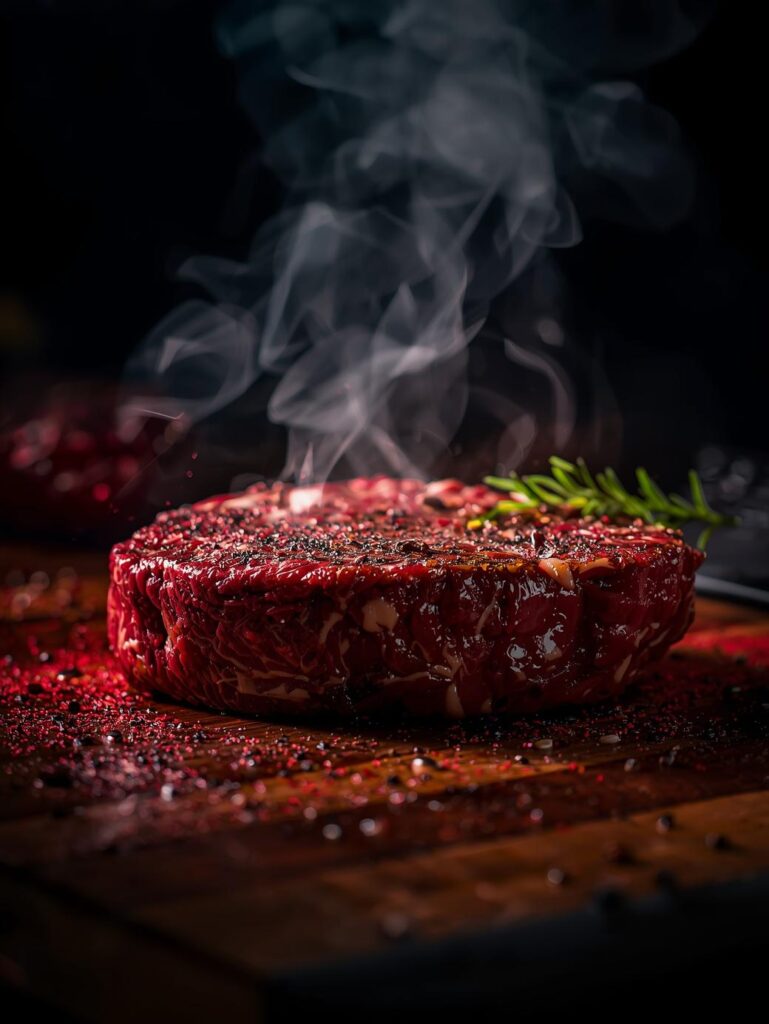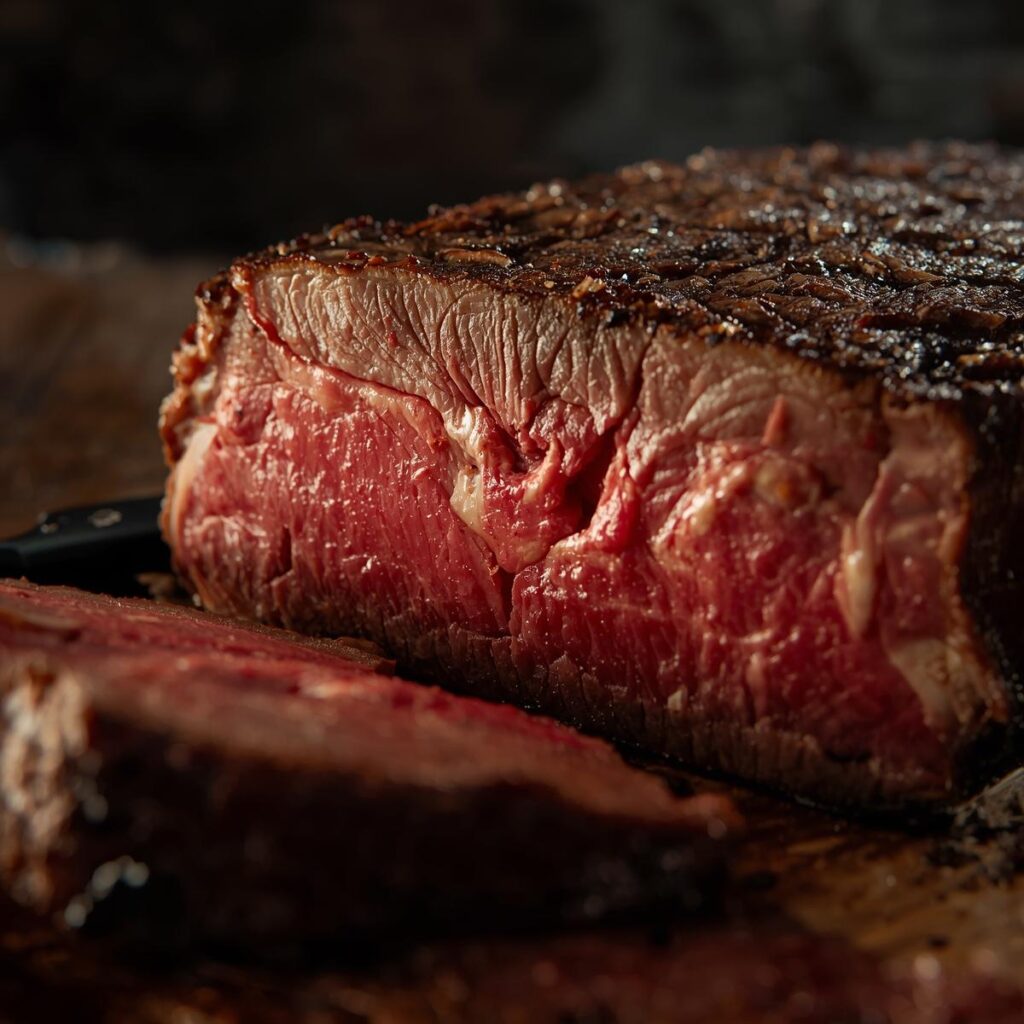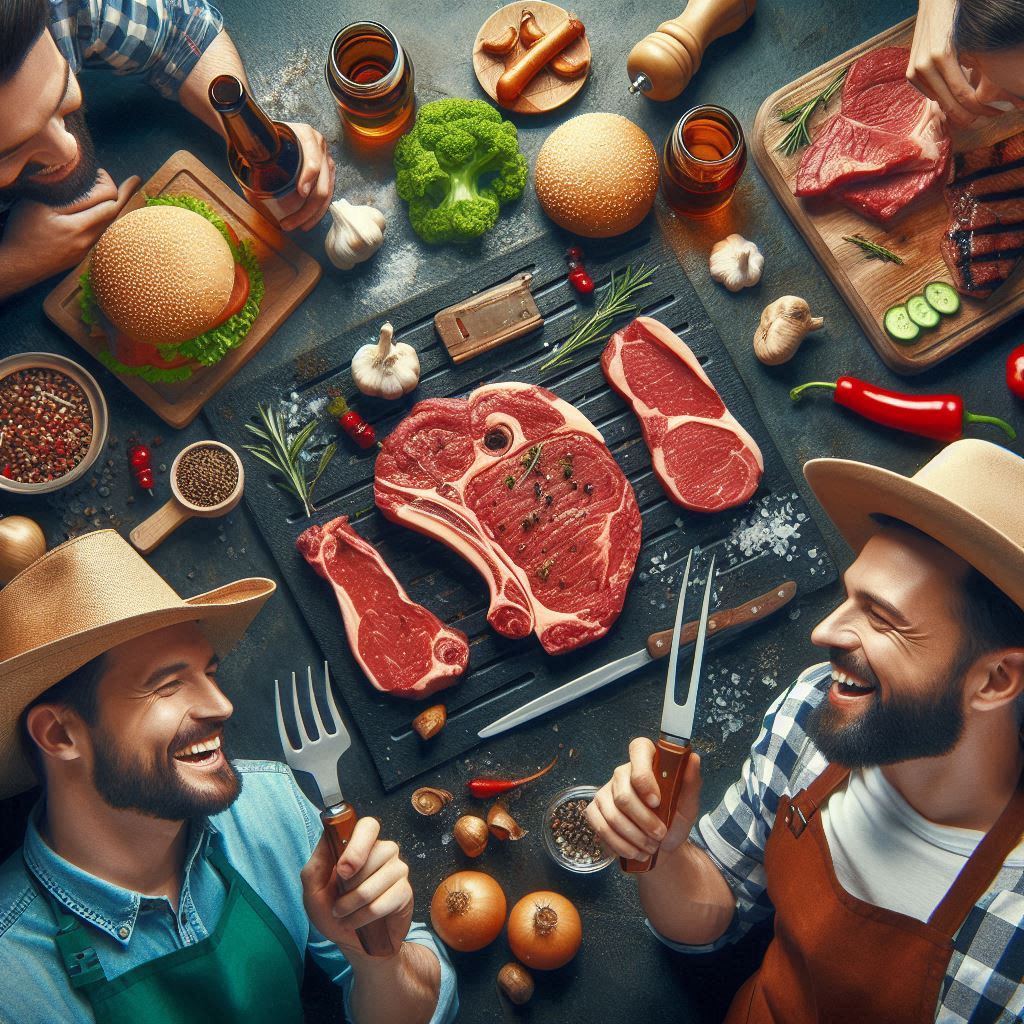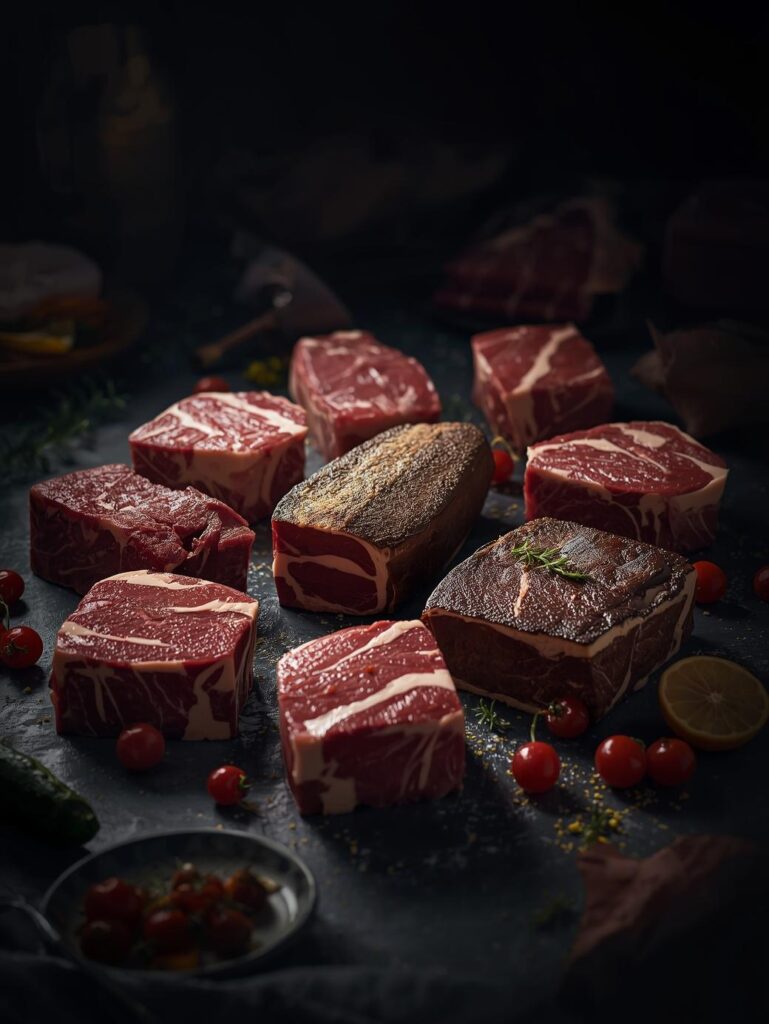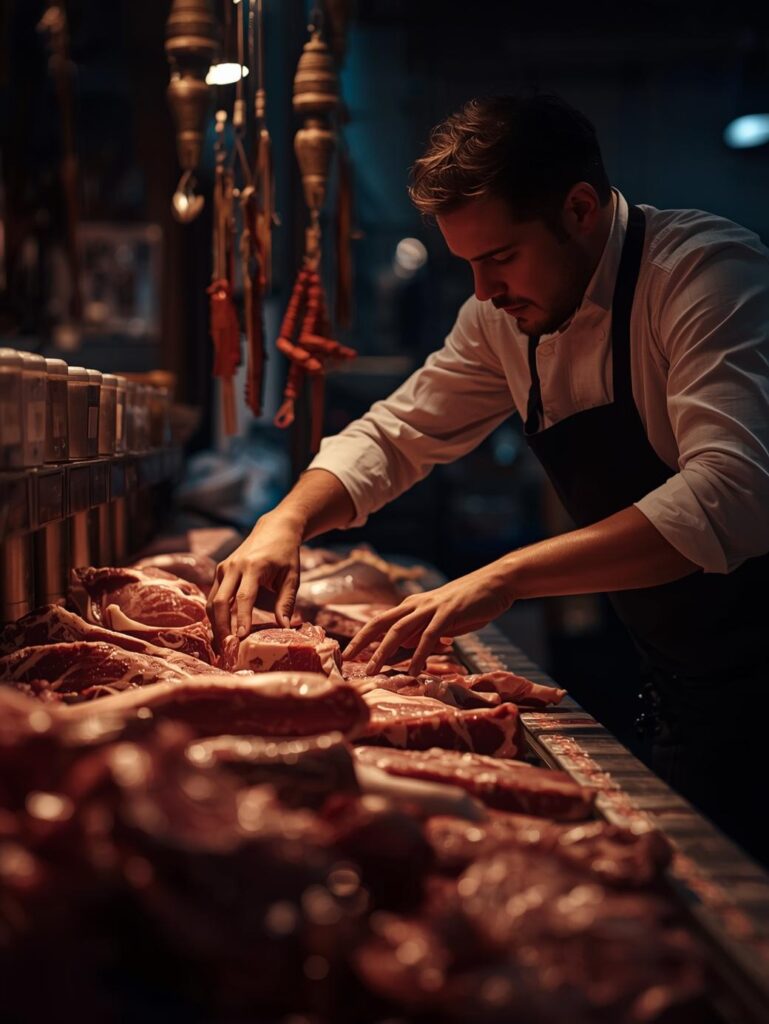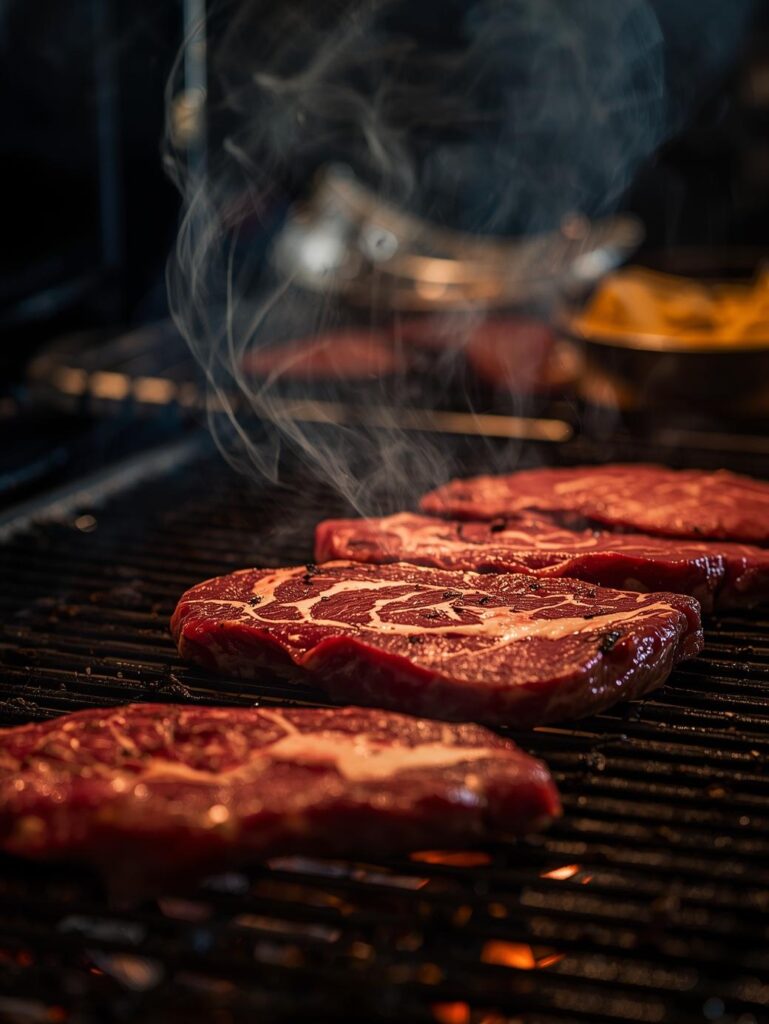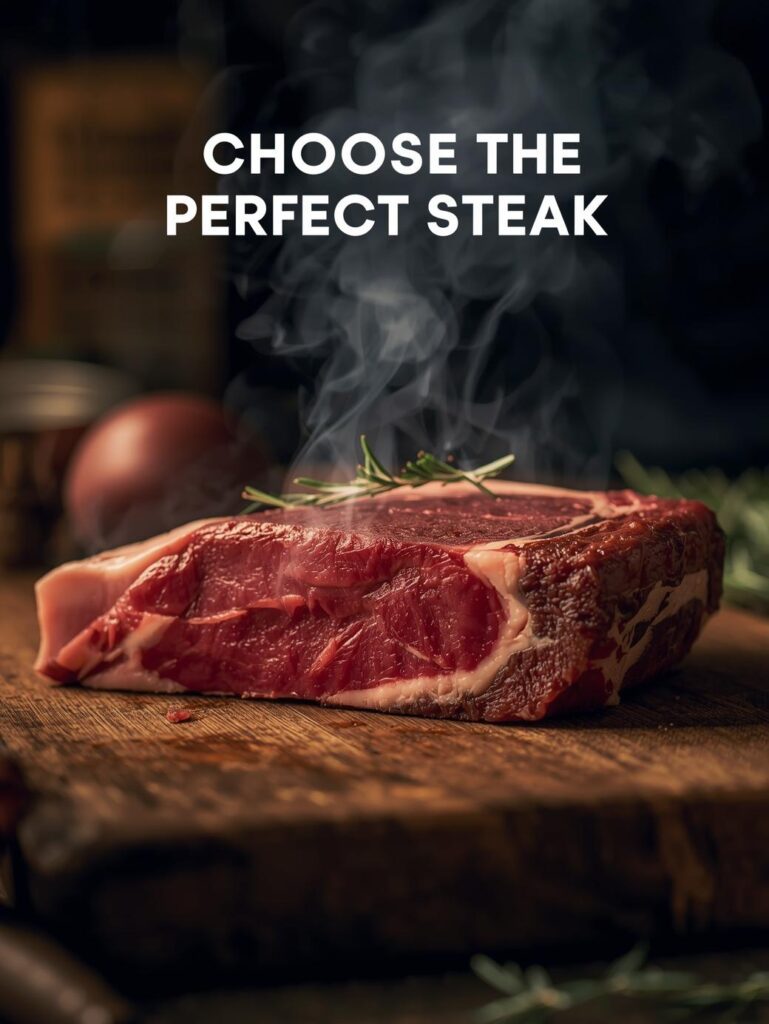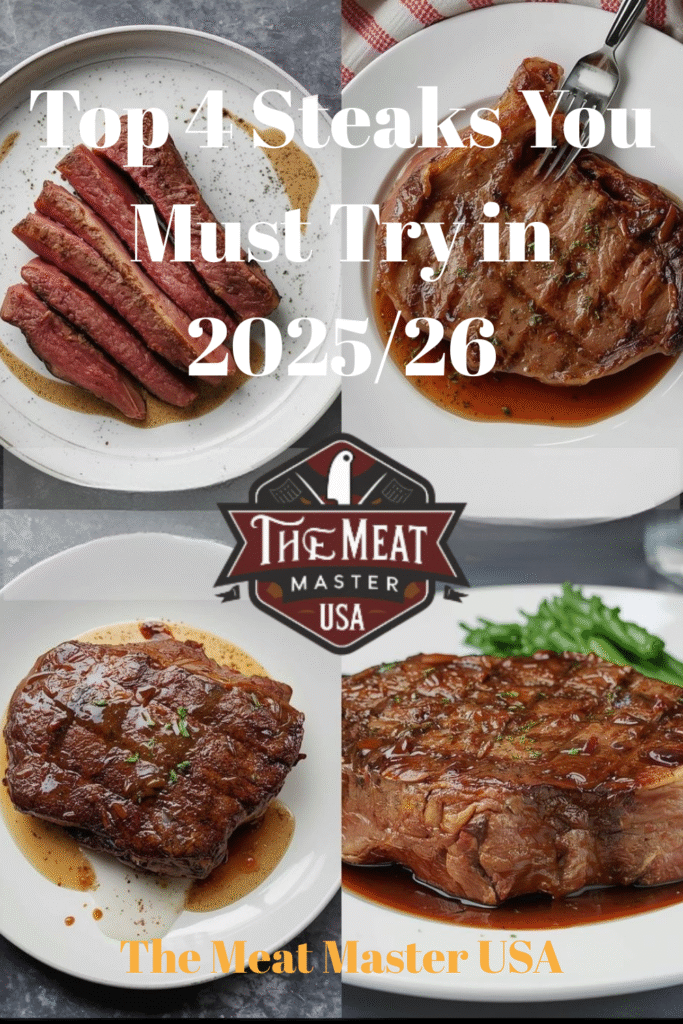🥩 THE ULTIMATE MEAT CUTS & GUIDES HUB
Your Complete Encyclopedia to Every Cut, From Novice to Master Butcher
Welcome to Meat Master University: This hub contains 85+ comprehensive guides covering every cut of beef, pork, poultry, and game. Whether you’re selecting your first steak or breaking down a whole animal, this is your definitive resource.
🎓 Why This Hub Will Transform Your Cooking & Save You Money
After analyzing thousands of reader questions and cooking challenges, we discovered that most meat-related frustrations stem from three fundamental misunderstandings: cut selection, cooking method matching, and value identification. This hub systematically addresses each area with professional butcher knowledge adapted for home cooks.
What makes our approach fundamentally different? We don’t just show you pictures of cuts—we teach you the anatomy and physiology behind why each cut behaves differently. You’ll learn how muscle fiber direction determines slicing technique, how connective tissue content dictates cooking time, and how fat distribution affects flavor development. This knowledge transforms confusing butcher counters into treasure maps of culinary opportunity.
Our content follows progressive learning paths that build from basic identification to advanced butchery. Whether you’re buying pre-cut steaks or breaking down whole animals, understanding the “why” behind each cut will save you money, prevent cooking disasters, and elevate every meat-based meal you prepare for years to come.
🎯 START YOUR MEAT MASTERY JOURNEY
🚀 First-Time Here? If you’re new to meat selection, follow this exact sequence: 1) Read Absolute Beginner Path guides → 2) Study Foundation Guides for your preferred meat → 3) Practice identifying cuts at your local market → 4) Cook 3-5 different cuts from the same animal. This builds confidence and prevents overwhelming information overload.
🆕 ABSOLUTE BEGINNER PATH
Start here if you’re new to meat selection and preparation
📚 FOUNDATION GUIDES
Essential knowledge every meat lover needs
🔬 The Science Behind Meat Cuts & Quality
Understanding these core principles will transform how you select and cook meat:
🧬 Muscle Anatomy & Usage
Meat comes from muscles, and muscles that work harder develop more connective tissue. Shoulder and leg muscles (chuck, round) are tough but flavorful—perfect for slow cooking. Back muscles (loin, rib) are tender with less connective tissue—ideal for quick cooking methods like grilling.
🎯 Marbling & Intramuscular Fat
Marbling—the white flecks of fat within muscle tissue—is your visual indicator of flavor and juiciness. As meat cooks, this fat melts, basting the muscle fibers from within. More marbling generally means more flavor, but proper cooking technique is required to render it effectively.
🔗 Connective Tissue Science
Collagen—the main connective tissue—transforms into gelatin when cooked slowly with moisture between 160-200°F. This is why tough cuts become falling-apart tender with braising or smoking. Understanding this transformation is the key to mastering budget-friendly cuts.
Looking for something specific? Jump directly to your area of interest:
- 🥩 Beef Cuts – Steaks, roasts, and specialty cuts
- 🐖 Pork Cuts – BBQ favorites and everyday cooking
- 🍗 Poultry Cuts – Chicken, turkey, and game birds
- 🐑 Lamb & Game – Premium and exotic meats
- 🔪 Butchery Skills – Cutting and preparation
- 💰 Budget & Value – Smart shopping strategies
🥩 BEEF CUTS MASTERY
Beef Pro Tip: The key to perfect beef is understanding the three main muscle groups—the hard-working shoulder and leg (great for slow cooking), the medium-work loin (perfect for steaks), and the lightly-used rib section (marbled perfection). Location on the animal predicts tenderness more reliably than price tag.
STEAK CUTS DEEP DIVE
ROASTING & BRAISING CUTS
SPECIALTY & VALUE CUTS
BEEF GUIDES & COMPARISONS
🐖 PORK CUTS MASTERY
Pork Pro Tip: Pork is the most versatile meat animal—every cut serves a distinct purpose. Shoulder becomes pulled pork, belly transforms into bacon, and loin creates perfect roasts. Understanding fat content and connective tissue is your key to pork perfection. Modern pork is much leaner than decades ago, requiring careful cooking to prevent dryness.
BBQ & SMOKING CUTS
ROASTING & EVERYDAY CUTS
SPECIALTY PORK CUTS
🍗 POULTRY CUTS MASTERY
Poultry Pro Tip: The fundamental poultry principle is dark meat vs. white meat. Dark meat (thighs, legs) contains more fat and connective tissue, making it forgiving and flavorful. White meat (breast) is lean and delicate, requiring precise cooking to prevent dryness. Spatchcocking is the secret to perfectly cooked whole birds.
CHICKEN CUTS & PREPARATION
TURKEY & GAME BIRDS
🐑 LAMB & GAME MEAT MASTERY
Lamb & Game Pro Tip: Lamb’s distinctive flavor comes from branched-chain fatty acids developed through grass feeding and the animal’s age. Younger lamb (under 1 year) is milder, while mutton (over 2 years) has stronger flavor. Game meats are significantly leaner than domestic animals, requiring careful cooking to prevent dryness and emphasize their unique flavors.
LAMB CUTS & PREPARATION
GAME & ALTERNATIVE MEATS
❓ Meat Cuts Frequently Asked Questions
What’s the most common mistake people make when choosing meat cuts?
Choosing the wrong cut for their cooking method. People often try to grill cuts that need braising (like chuck roast) or roast cuts that should be grilled quickly (like tenderloin). Our “Foundation Guides” section specifically addresses this by teaching you which cuts work best with each cooking technique based on their anatomical location and connective tissue content.
How much should I expect to pay for quality meat cuts?
Quality varies dramatically, but our Budget BBQ Cuts and Value Cut Identification guides show you how to find exceptional quality without premium prices. Often, the most flavorful cuts are also the most affordable—you just need to know how to cook them properly. Chuck roast costs 1/3 of ribeye but delivers incredible flavor when braised slowly.
What’s the single most important thing to look for when buying steak?
Marbling and color. Look for fine white flecks of fat throughout the muscle (not just around the edges) and bright cherry-red color. Avoid grayish meat or excessive liquid in the packaging. Thickness matters too—1.5 to 2 inches allows proper searing without overcooking. Our Steak Selection Guide covers this in detail with visual examples.
How can I identify the best value cuts that butchers keep for themselves?
Look for cuts from the shoulder (chuck) and hip (sirloin) areas that have good marbling but aren’t famous steak cuts. Hanger steak, flat iron, and tri-tip offer restaurant-quality flavor at half the price of premium steaks. These cuts require proper slicing against the grain, which is why many home cooks overlook them.
🔪 BUTCHERY & PREPARATION SKILLS
HOME BUTCHERY TECHNIQUES
MEAT PREPARATION SCIENCE
💰 BUDGET & VALUE GUIDES
BUDGET-FRIENDLY CUTS
SHOPPING & SELECTION
📊 Your Meat Mastery Progress Checklist
Track your journey from novice to expert:
- □ Mastered basic cut identification and animal anatomy
- □ Can confidently select cuts for specific cooking methods
- □ Understand the difference between primal and sub-primal cuts
- □ Successfully prepared 5+ different cut types with proper techniques
- □ Can explain marbling, aging, and quality grading systems
- □ Confident at the butcher counter with specific requests
- □ Able to break down larger cuts and whole birds at home
- □ Mastered specialty and value cuts that save money
- □ Can teach basic meat selection principles to others
Expert Tip: Don’t rush the learning process. Spend at least two weeks practicing with each category before moving to the next level. Quality meat education compounds over time—each concept builds on previous knowledge.
🎯 LEARNING PATHS
PATH 1: HOME COOK → MEAT EXPERT
-
Start with Basic Cut Identification
-
Master Cooking Method Matching
-
Learn Value Cut Selection
-
Advance to Home Butchery Skills
-
Become Family Meat Authority
PATH 2: GRILL & BBQ FOCUSED
-
Begin with BBQ-Specific Cuts
-
Learn Low & Slow Meat Science
-
Master Smoking & Grilling Cuts
-
Advance to Whole Muscle Butchery
-
Become Pitmaster Butcher
PATH 3: BUDGET & VALUE MASTERY
-
Start with Budget Cut Identification
-
Learn Alternative Cooking Methods
-
Master Braising & Slow Cooking
-
Advance to Bulk Buying & Processing
-
Become Value Shopping Expert
🔄 CONTINUE YOUR JOURNEY
Ready to Master Fire & Technique?
Continue to our BBQ & Grilling Hub to learn how to cook every cut to perfection

